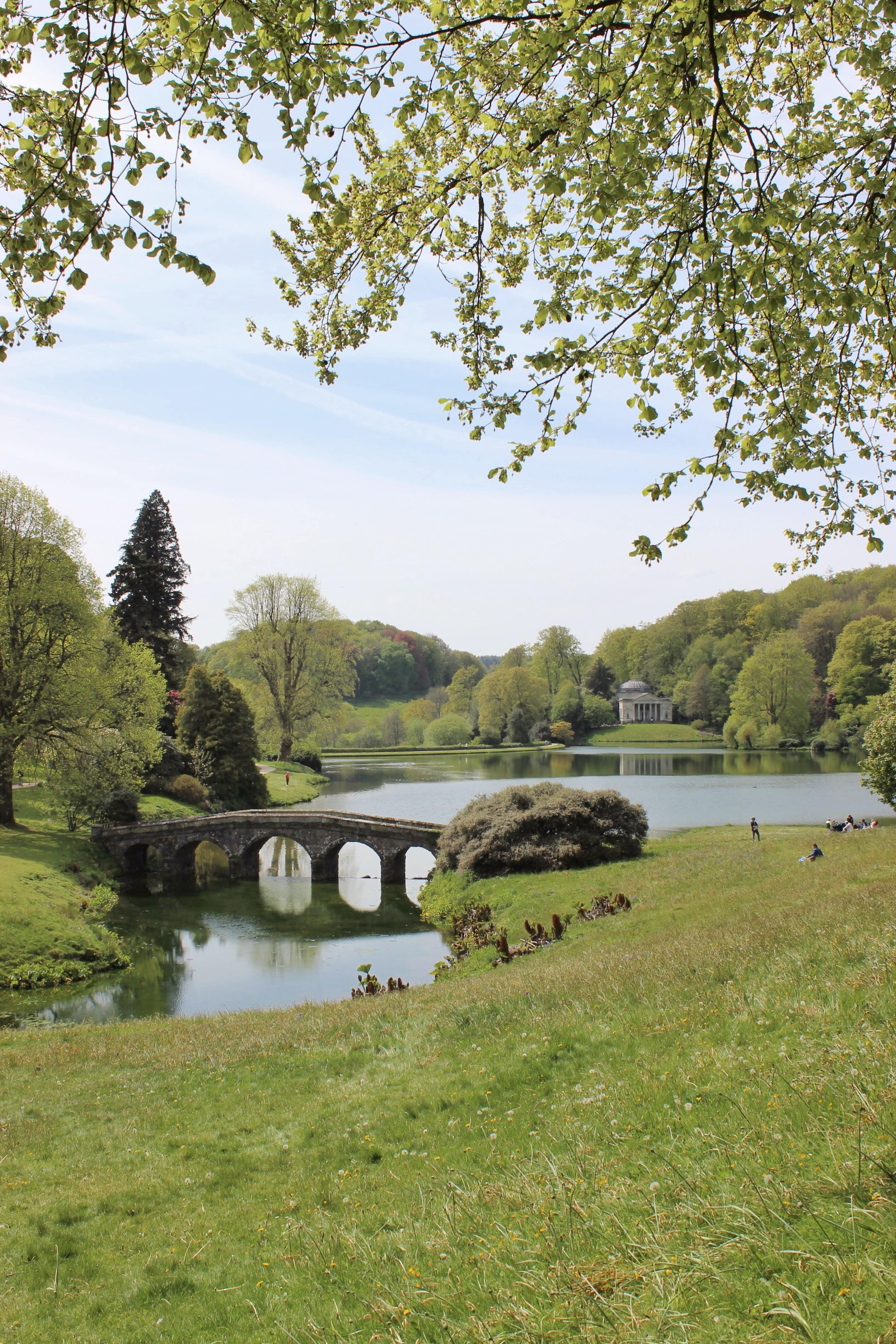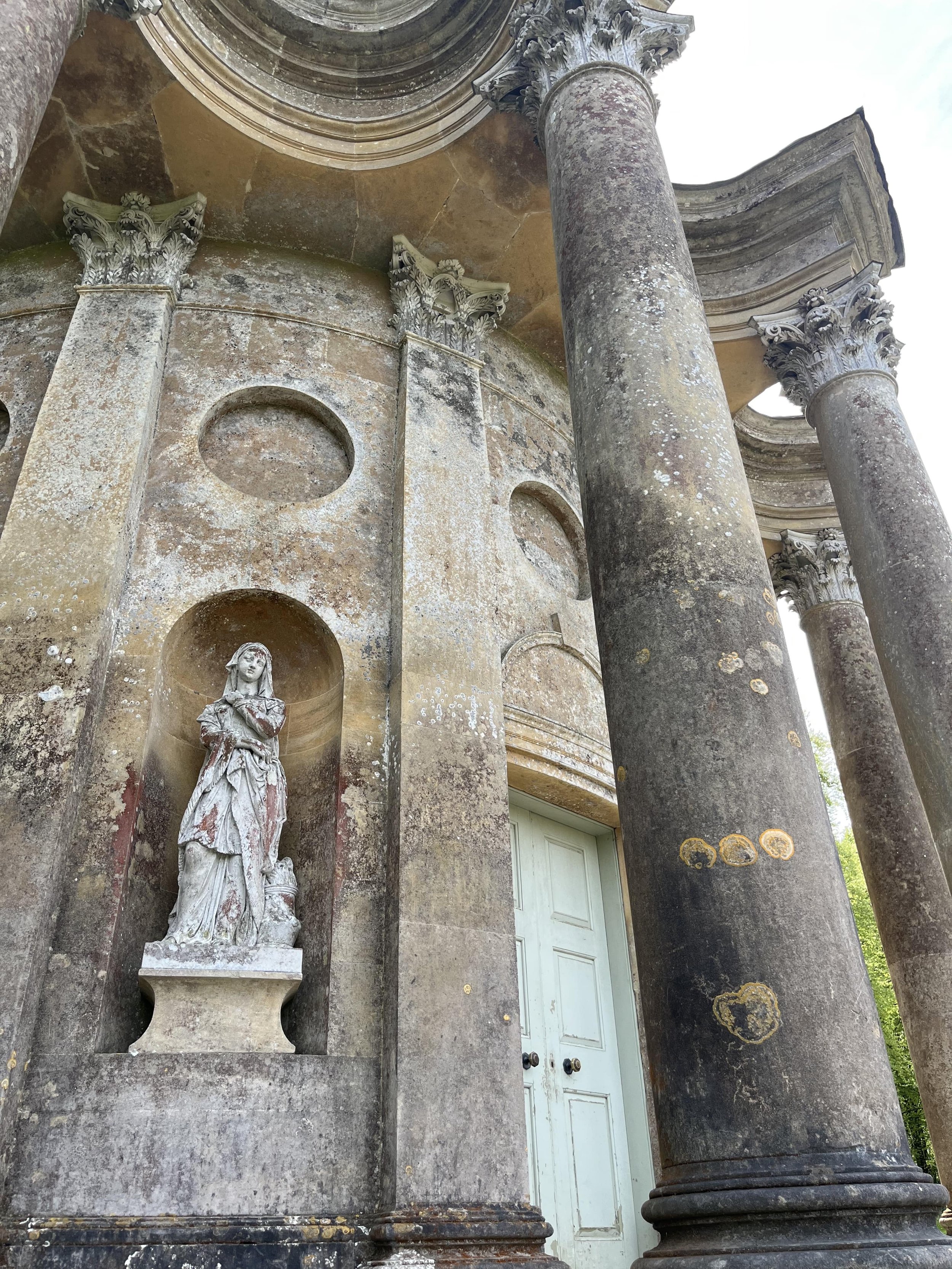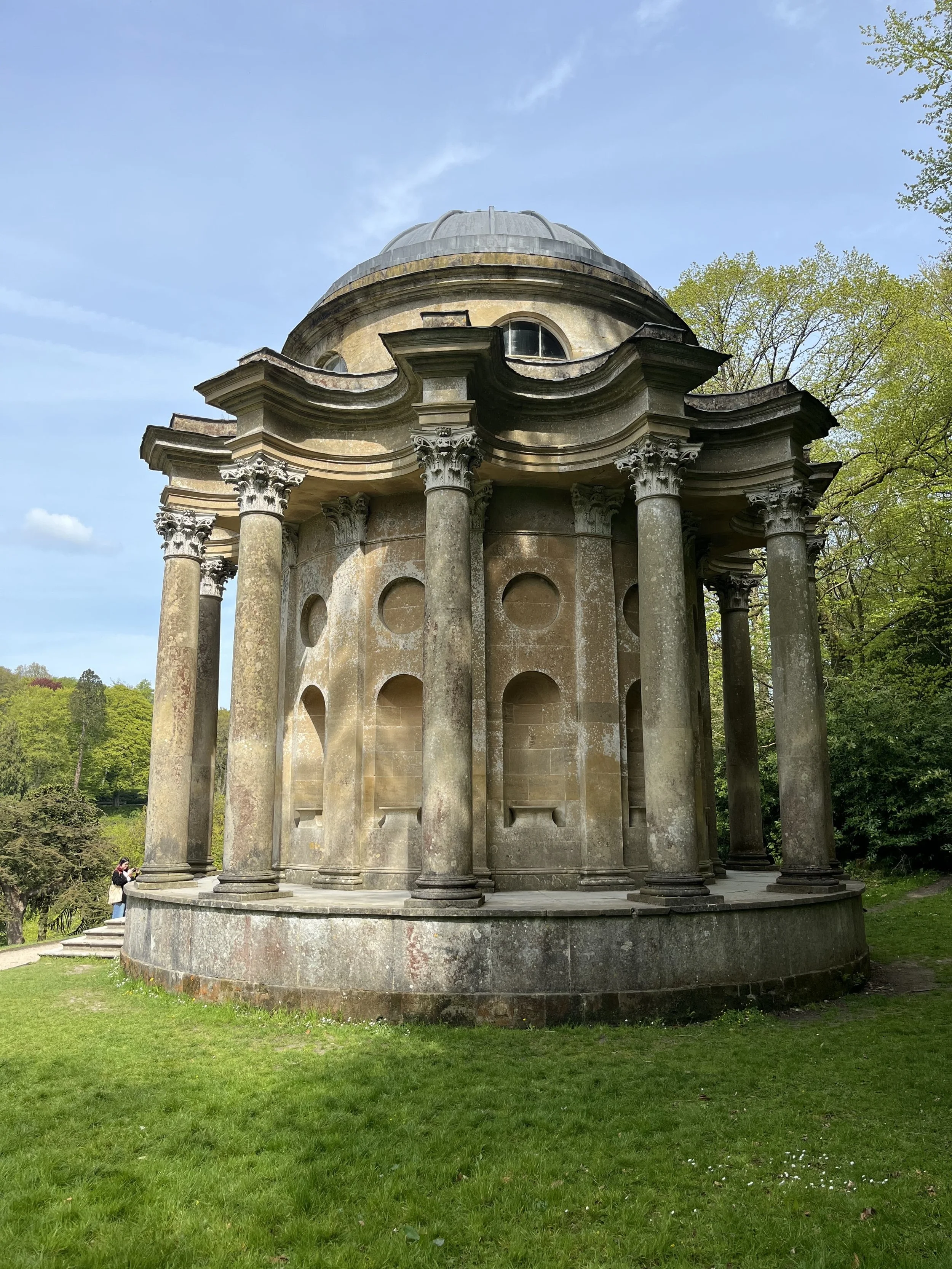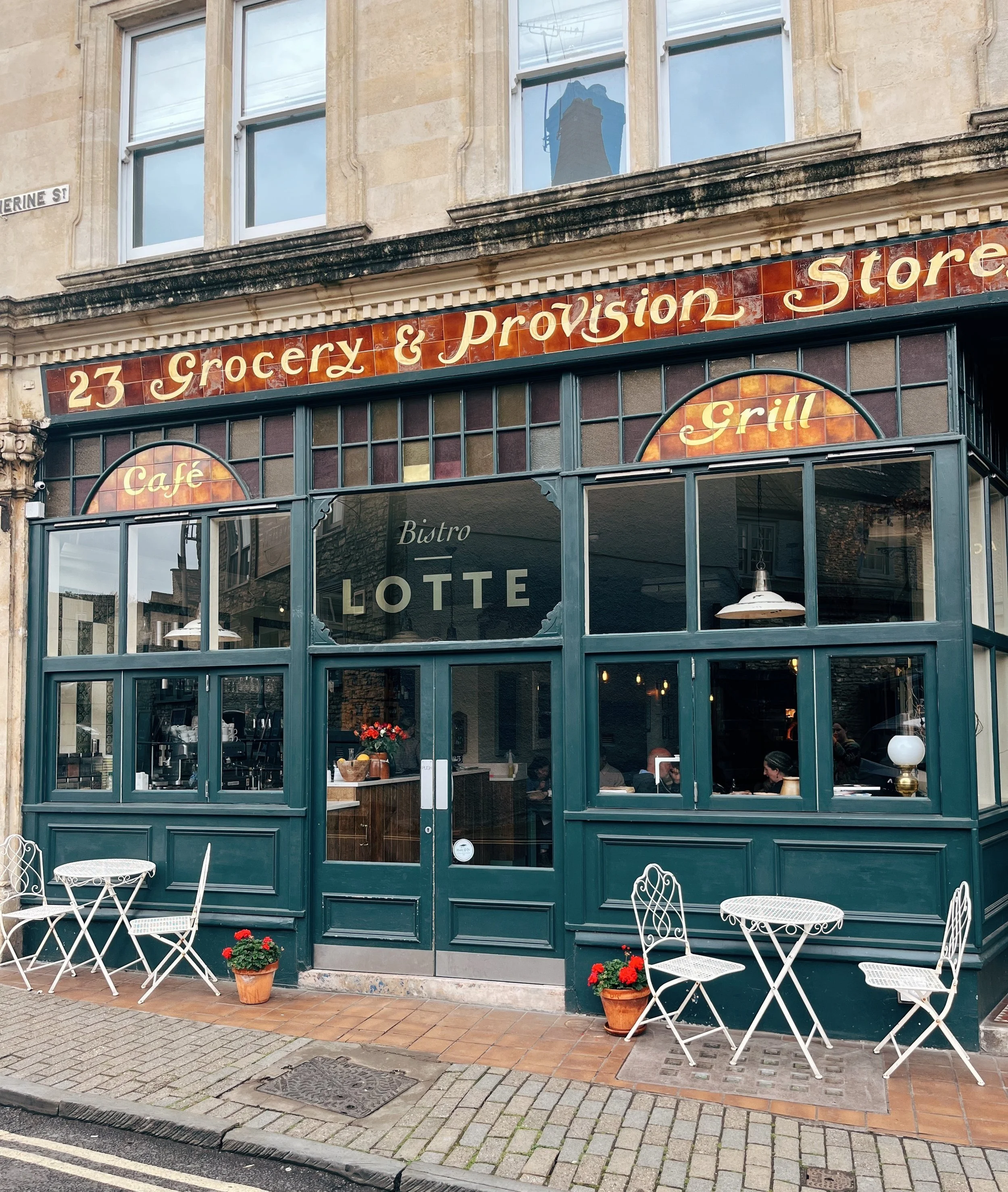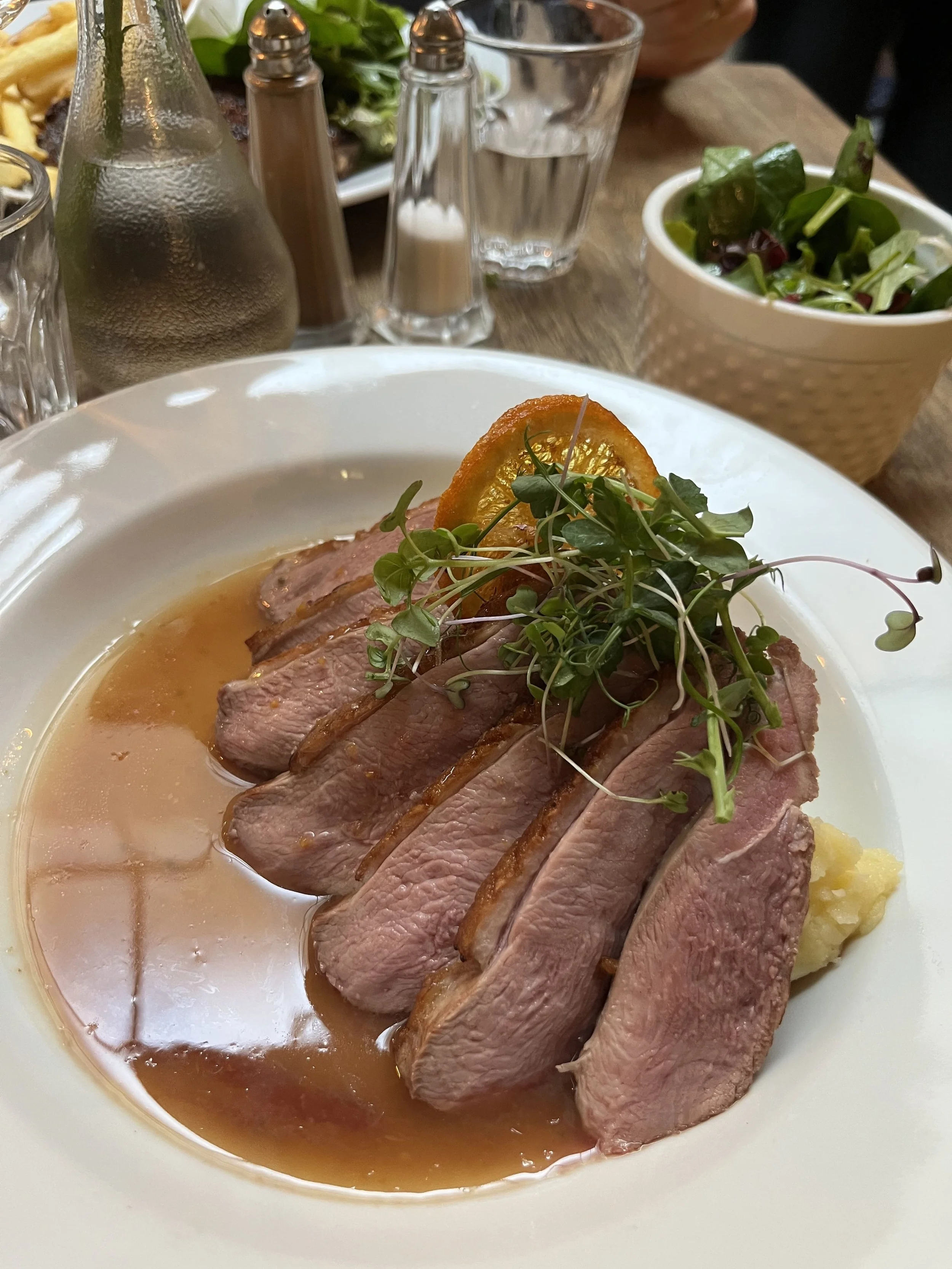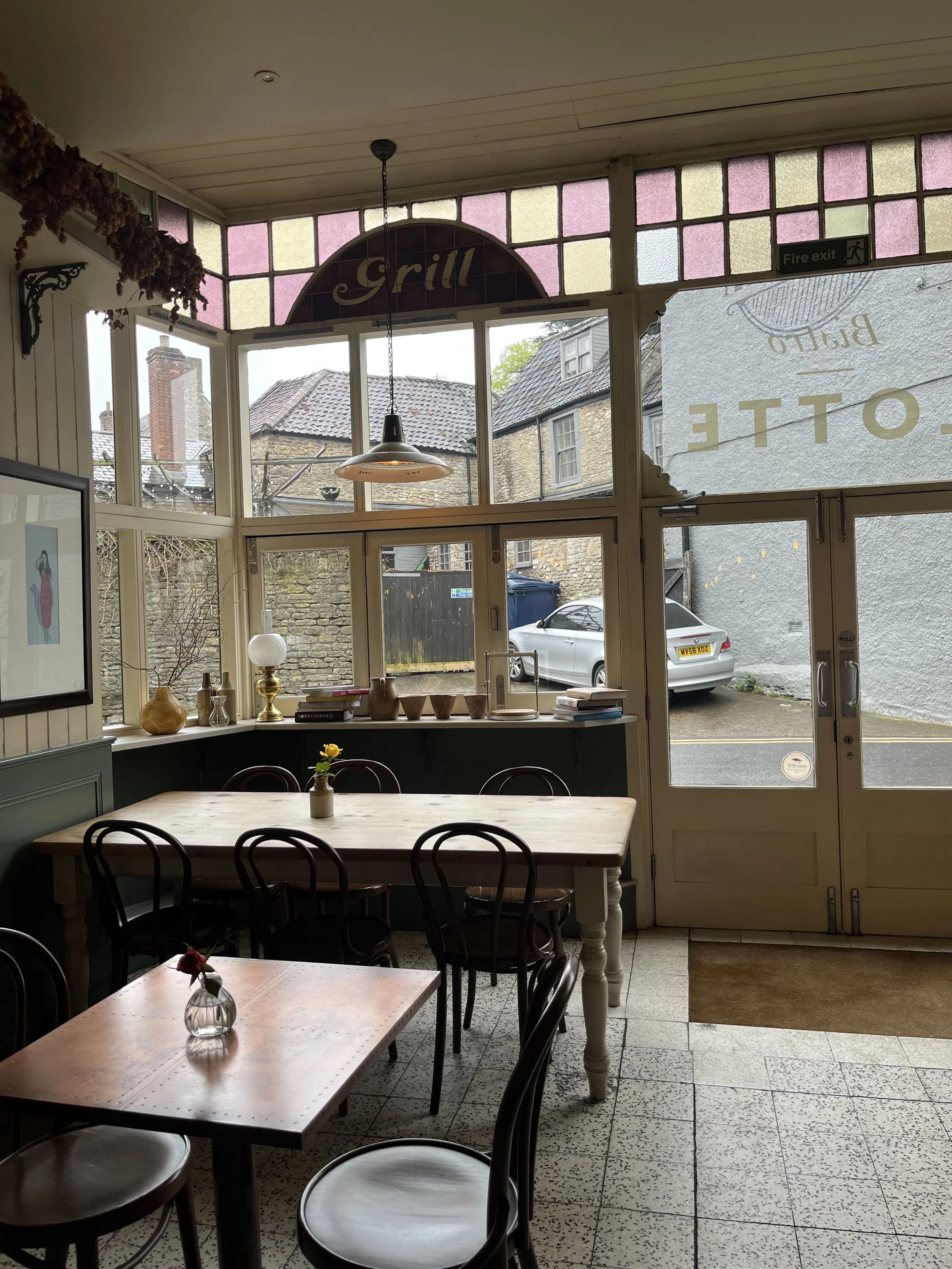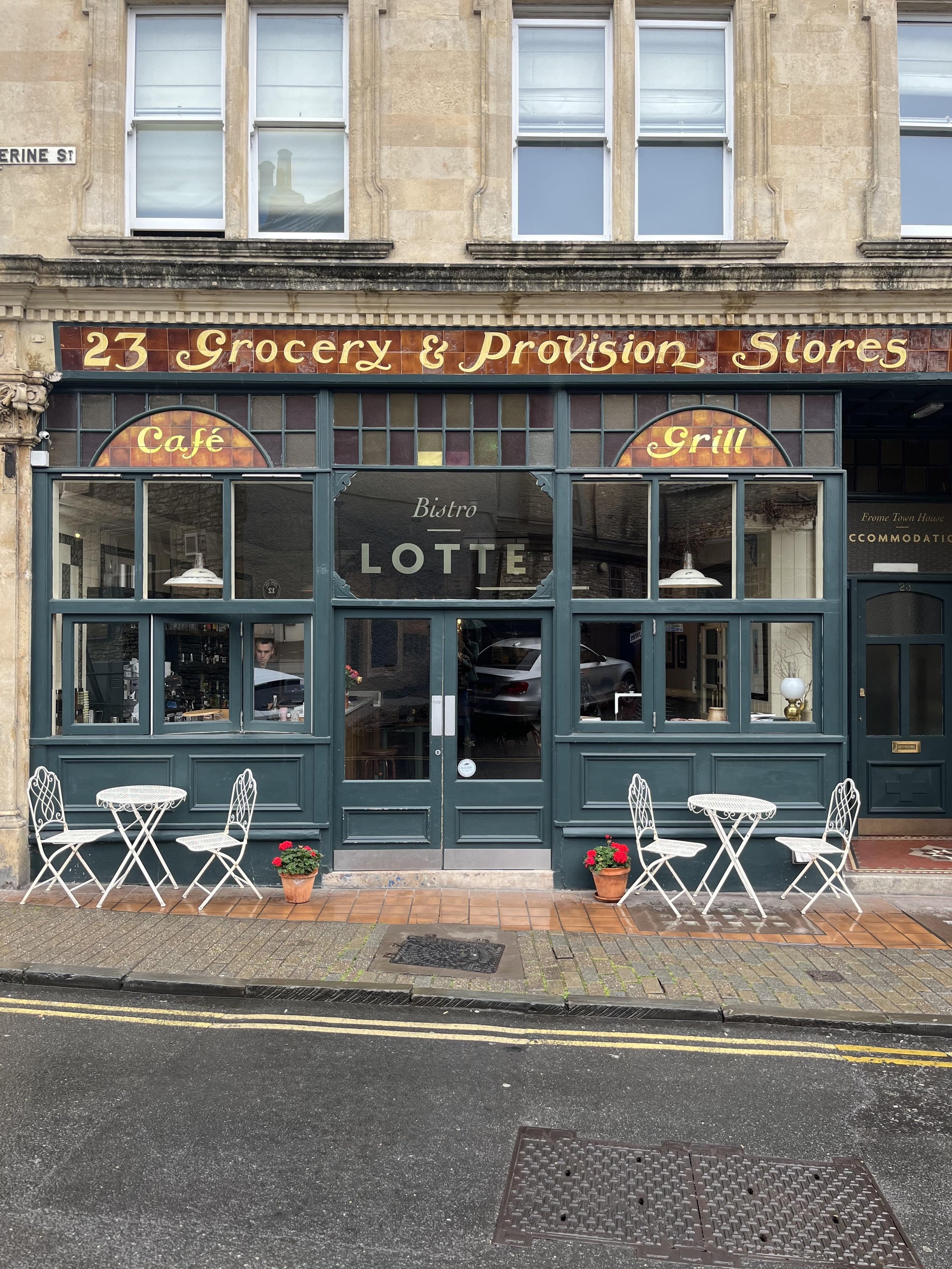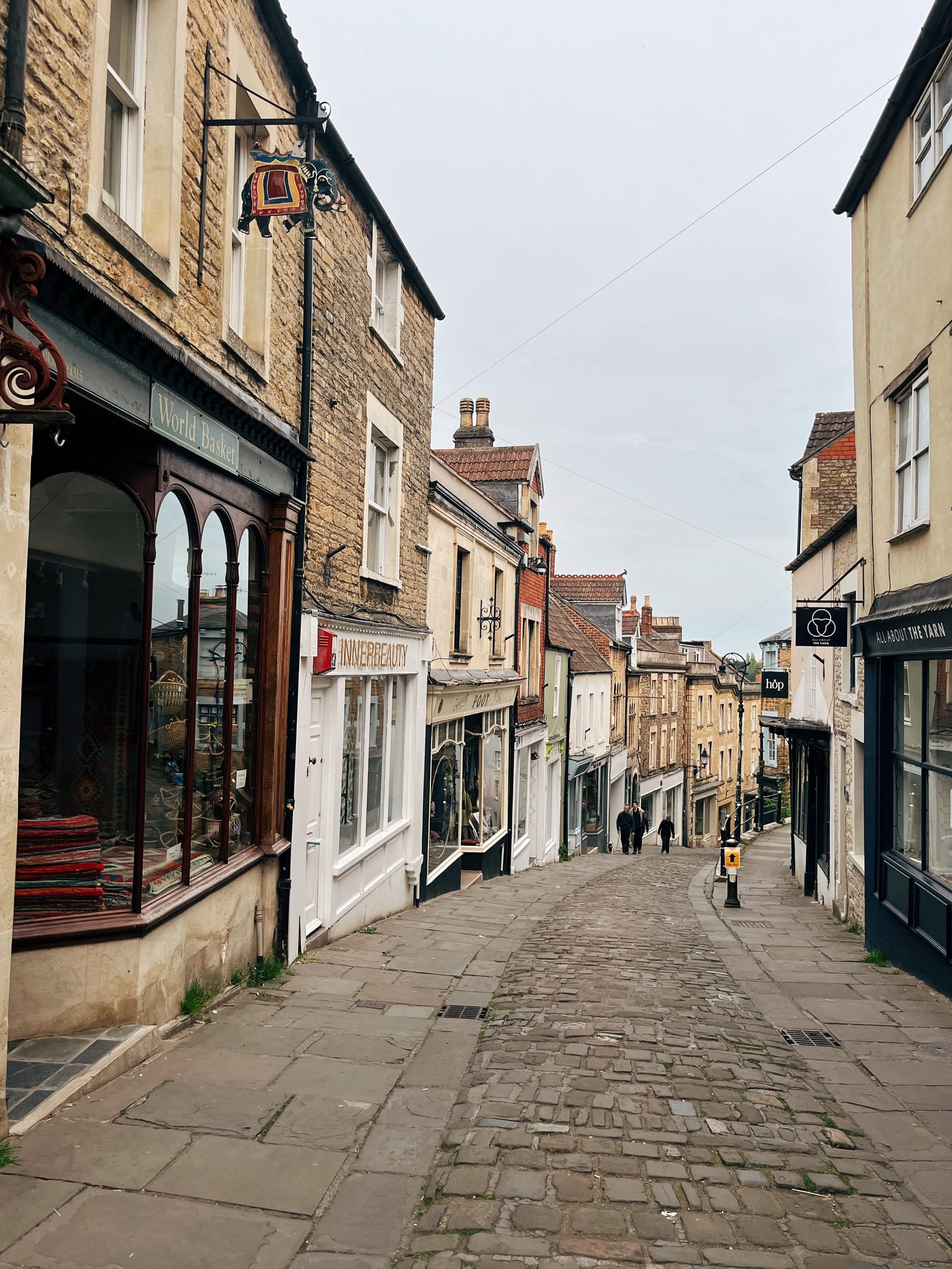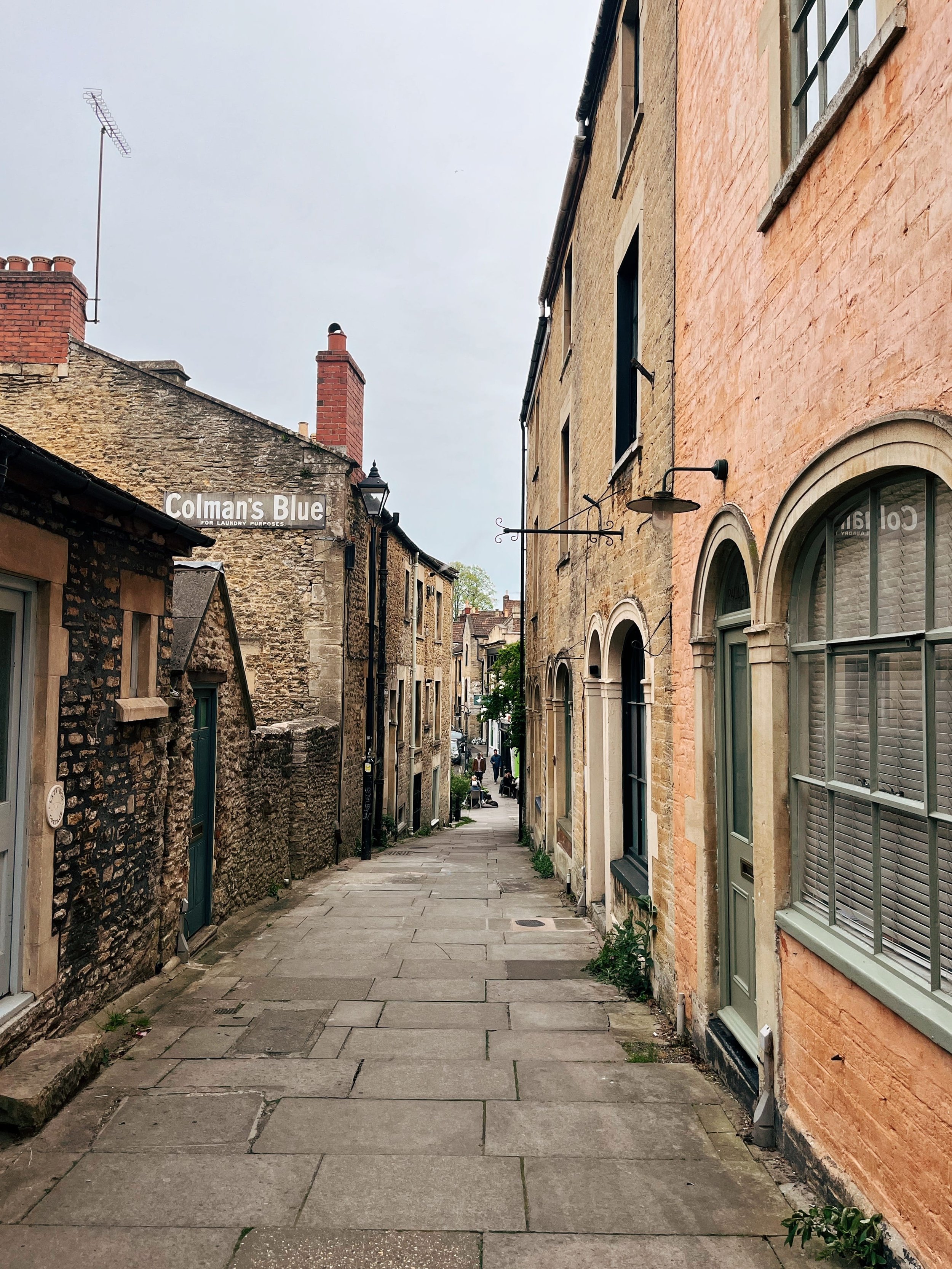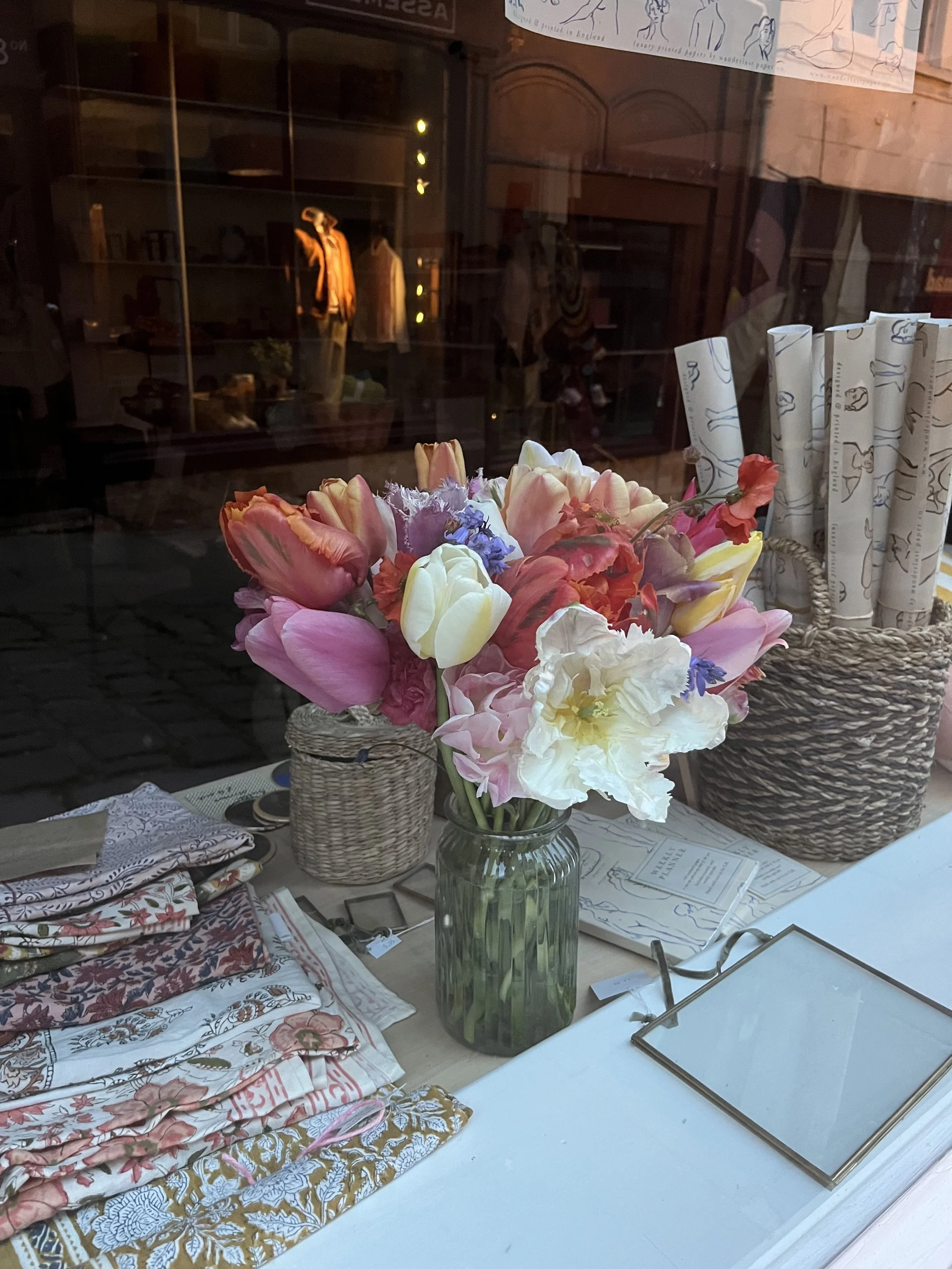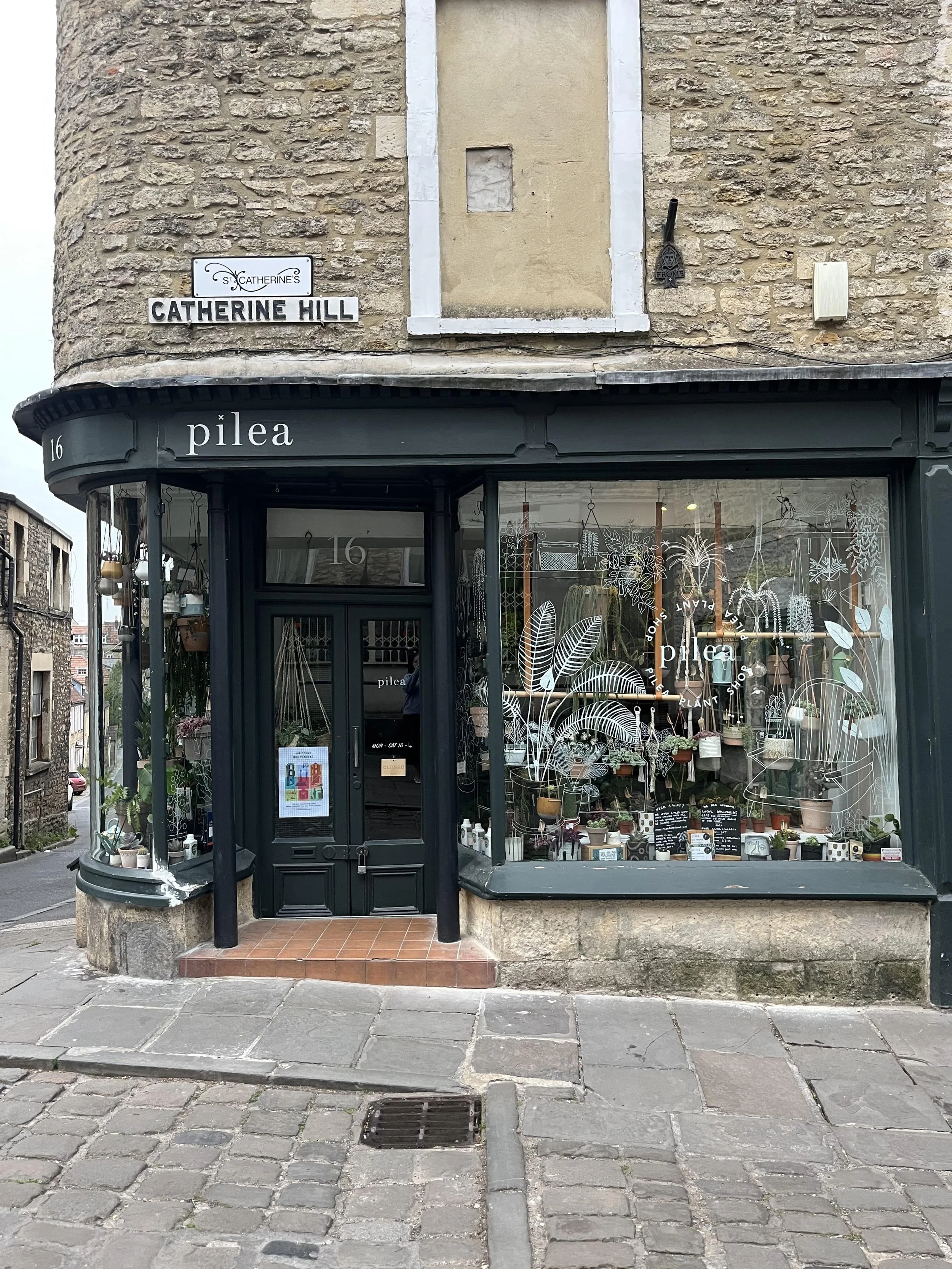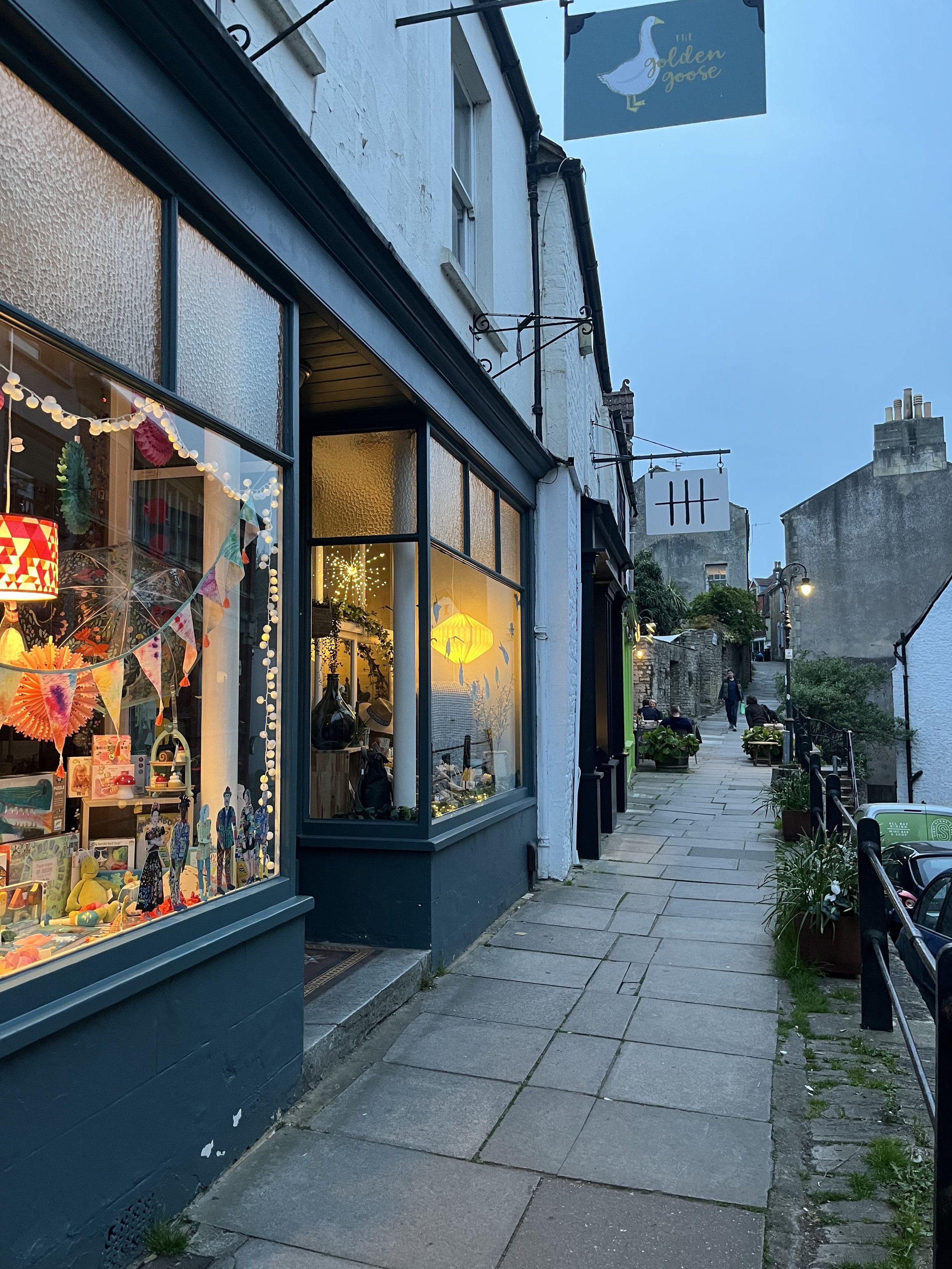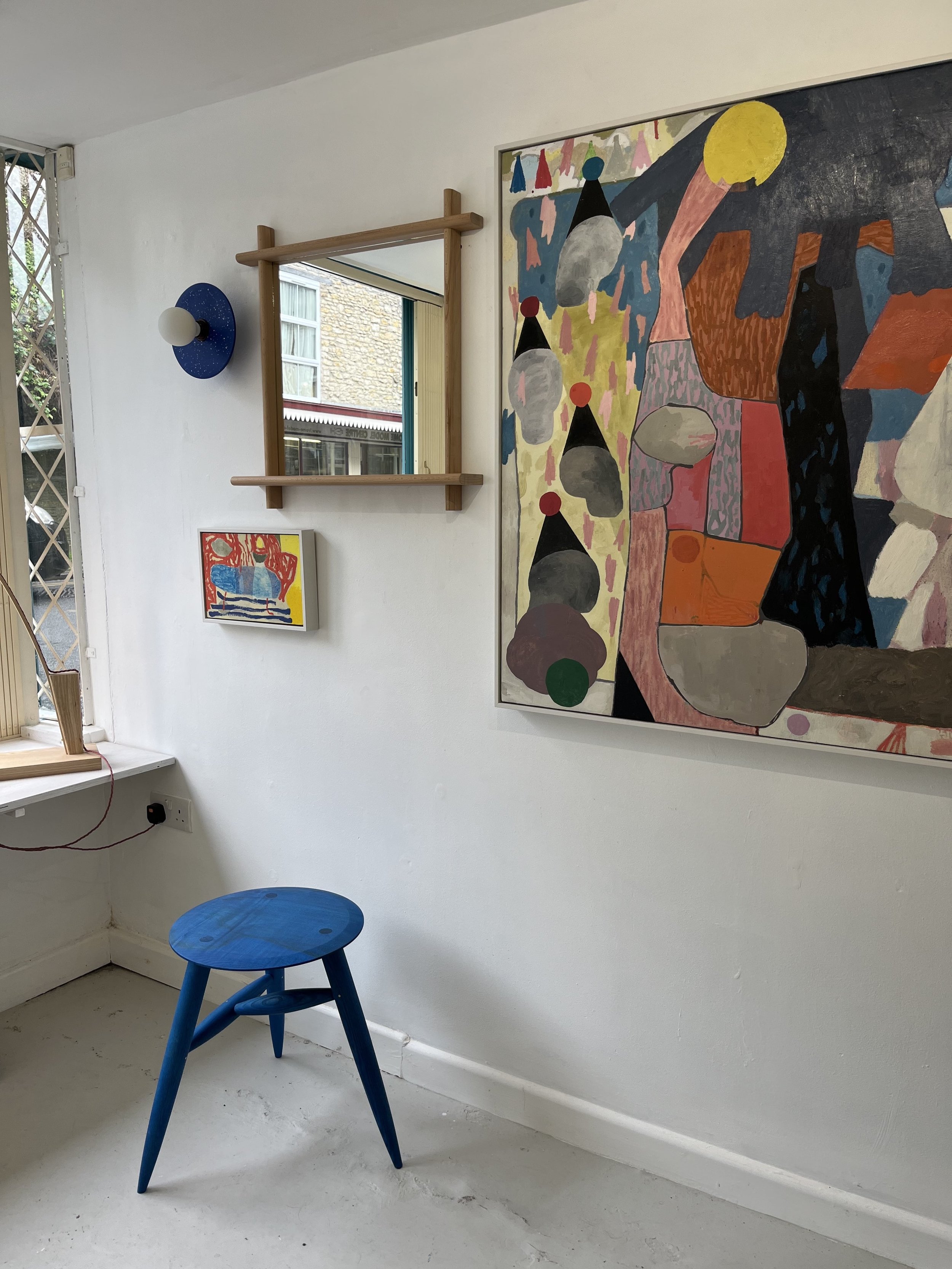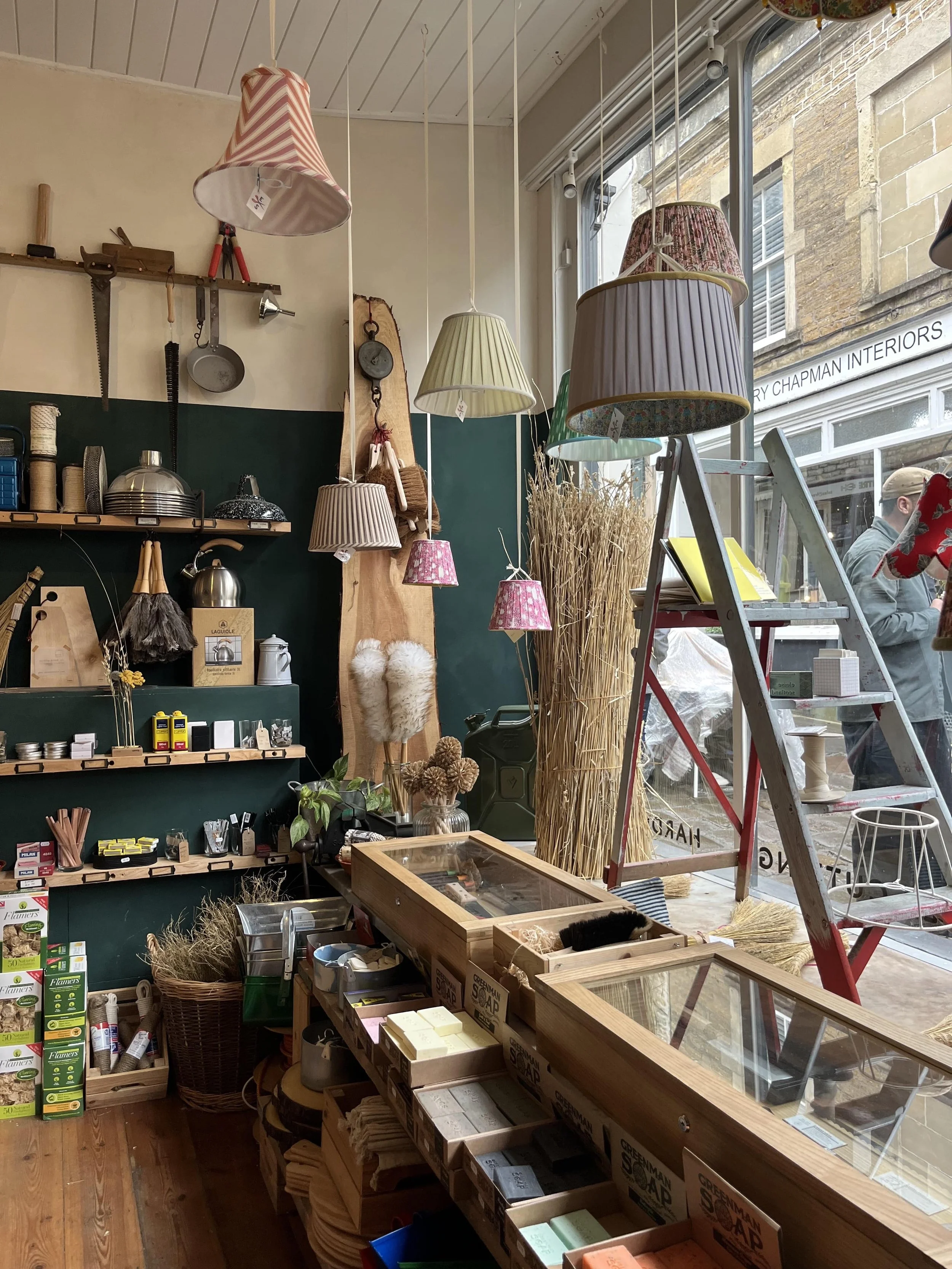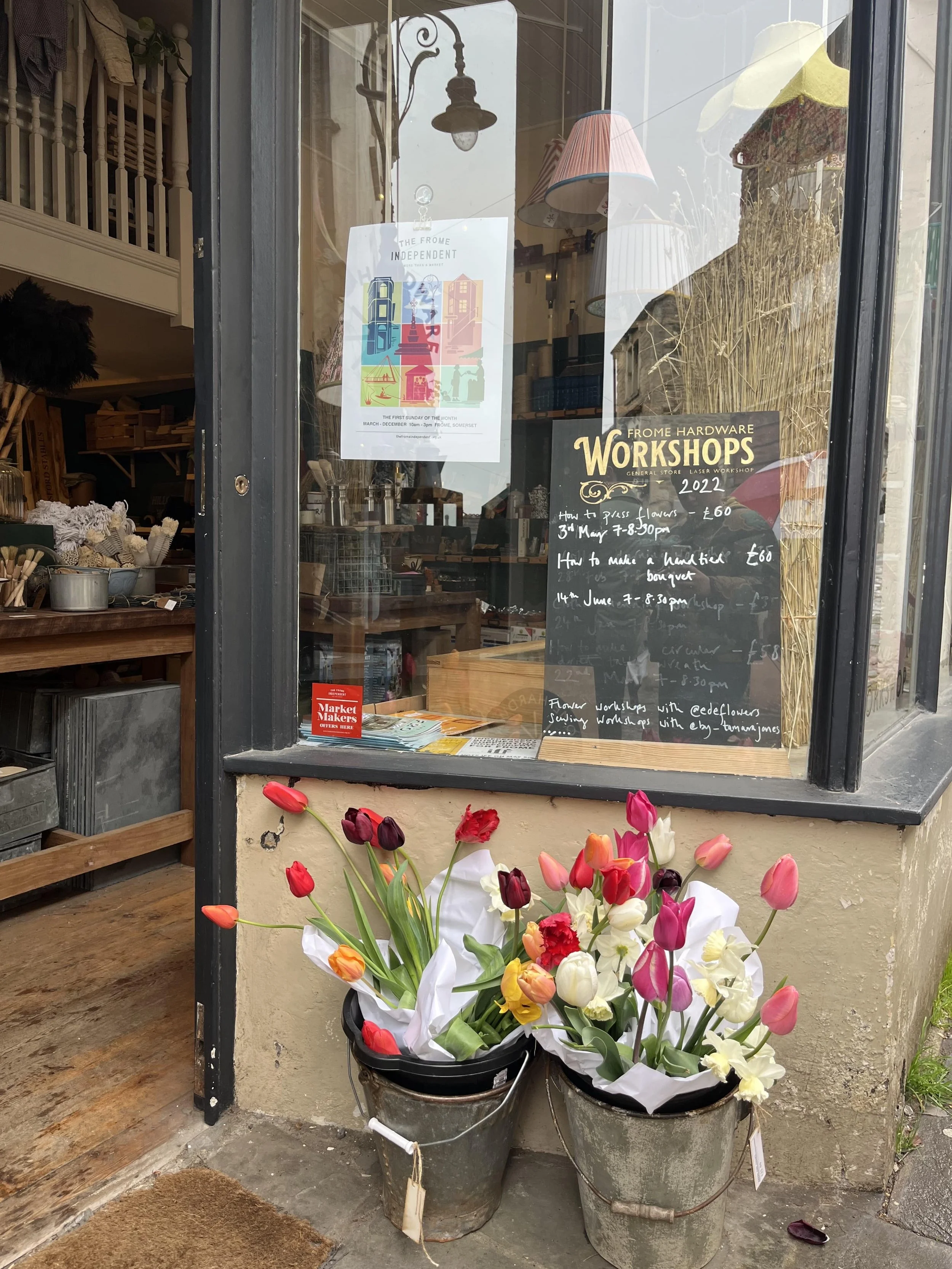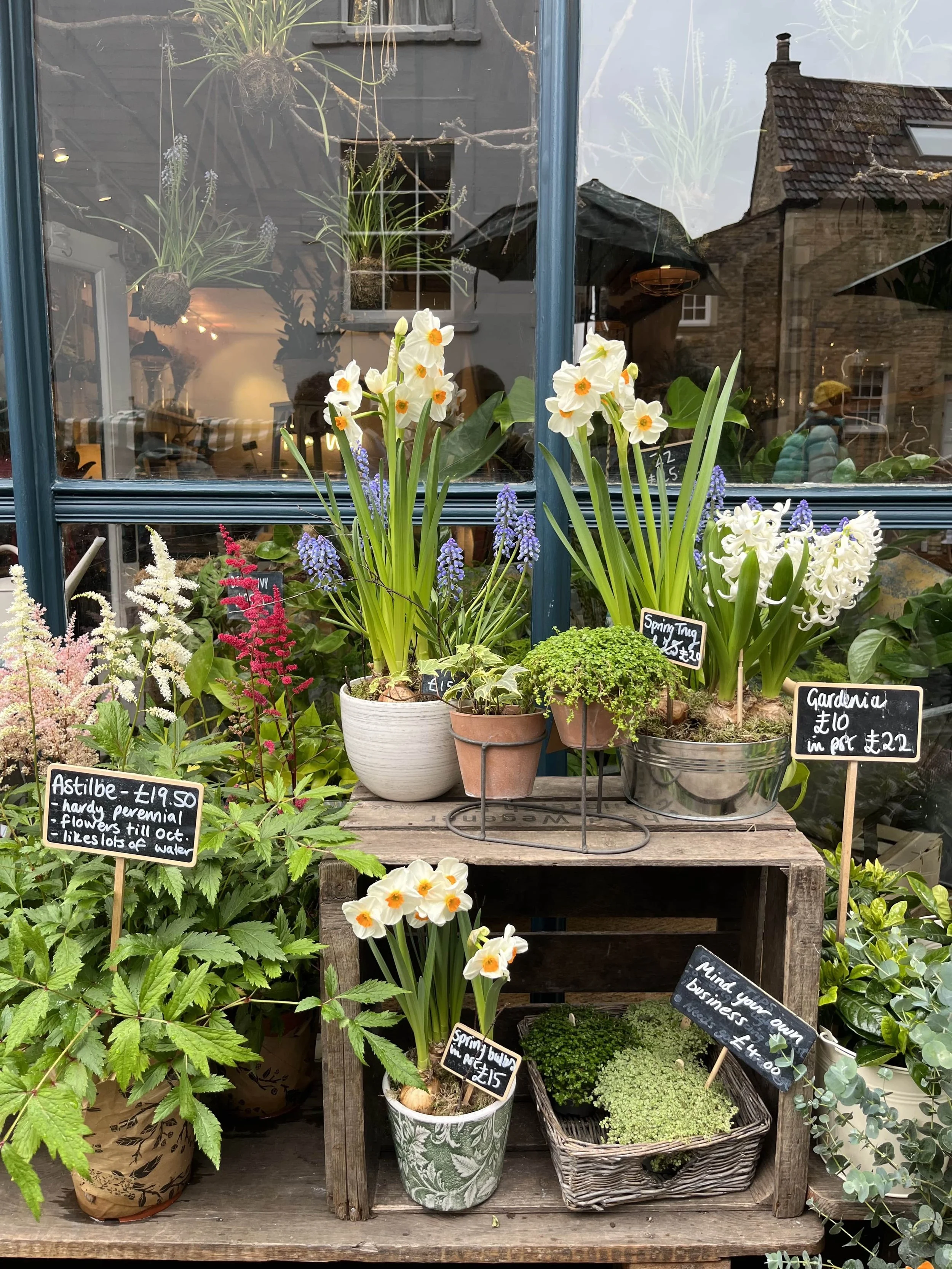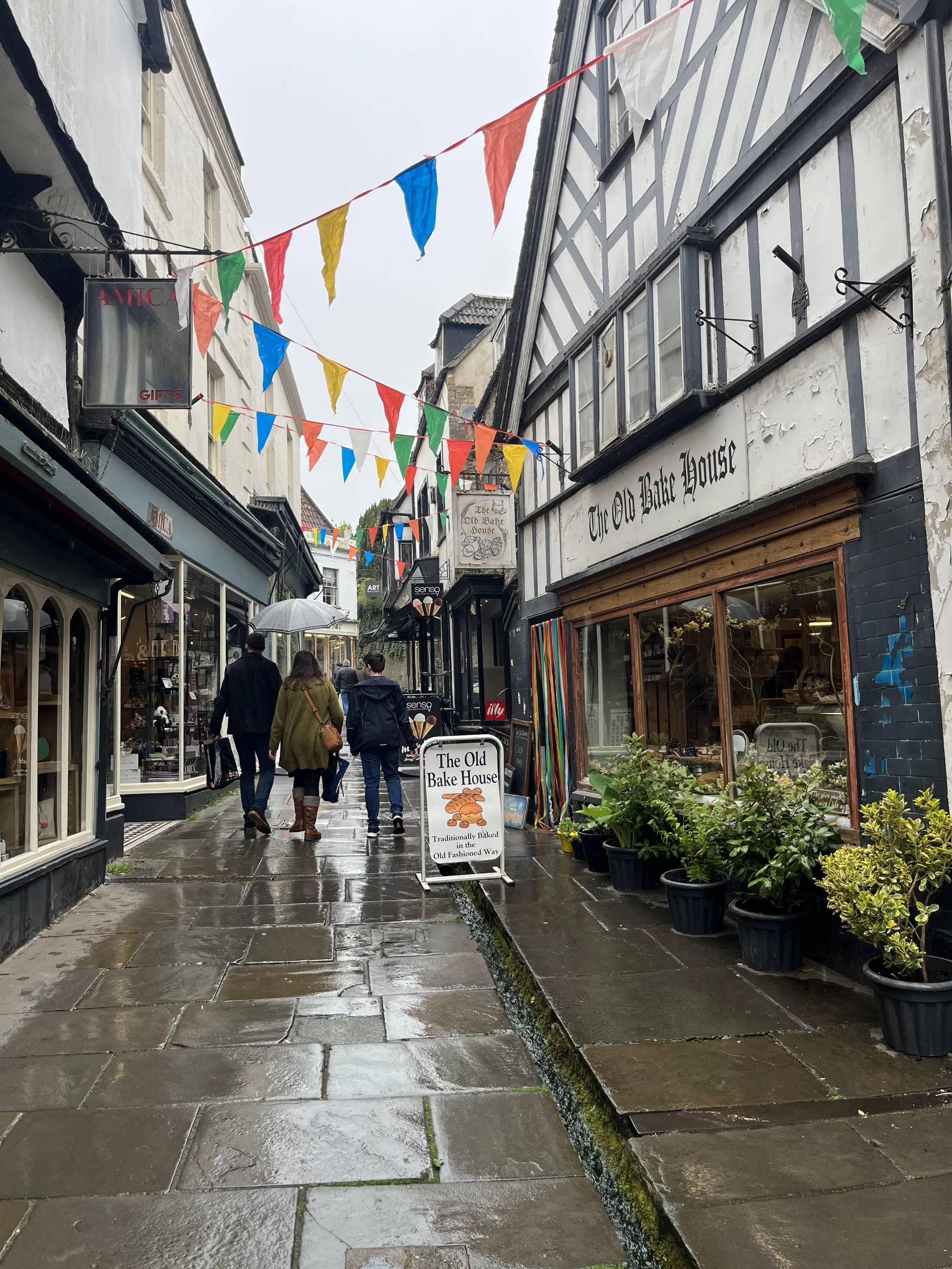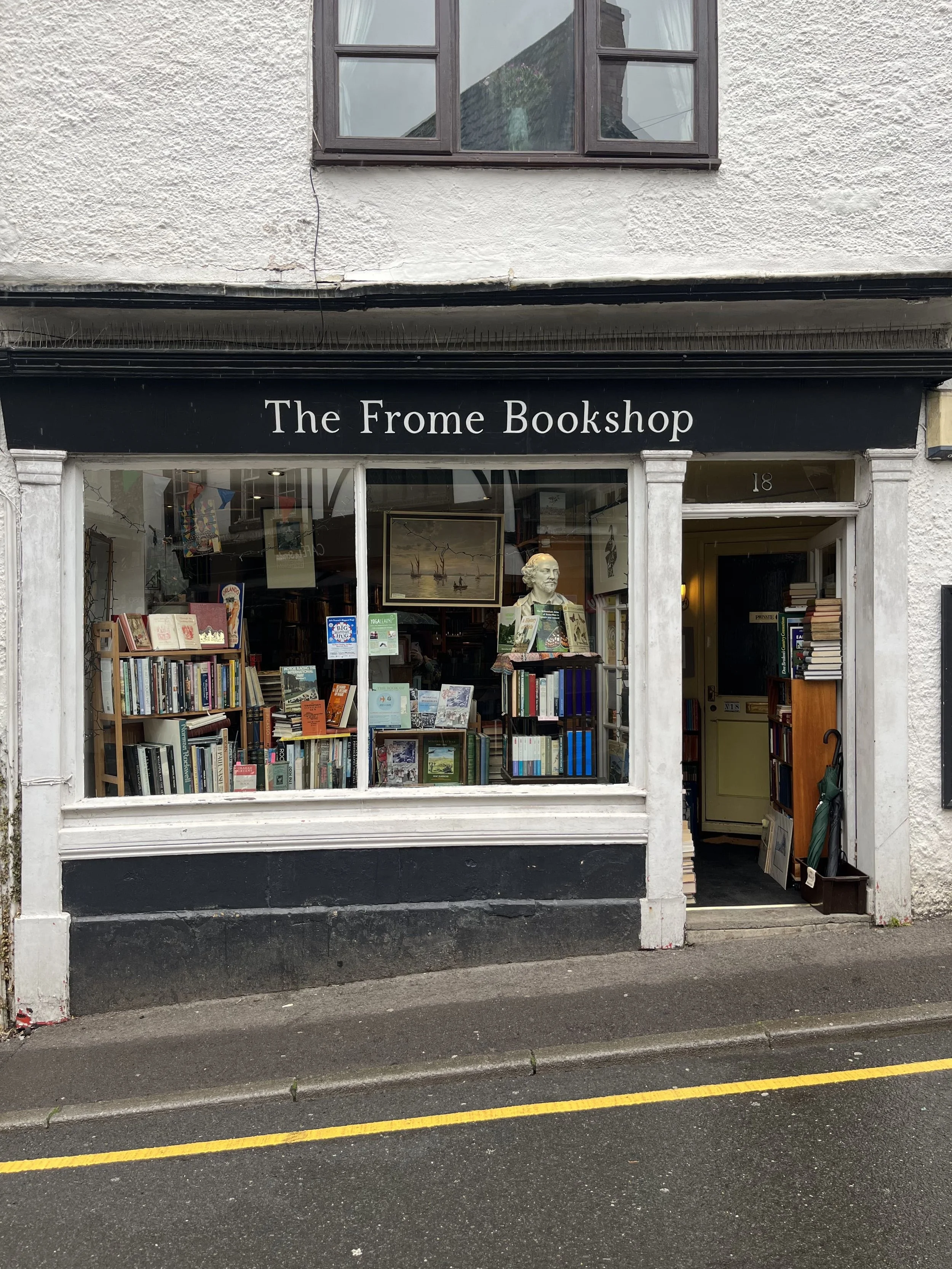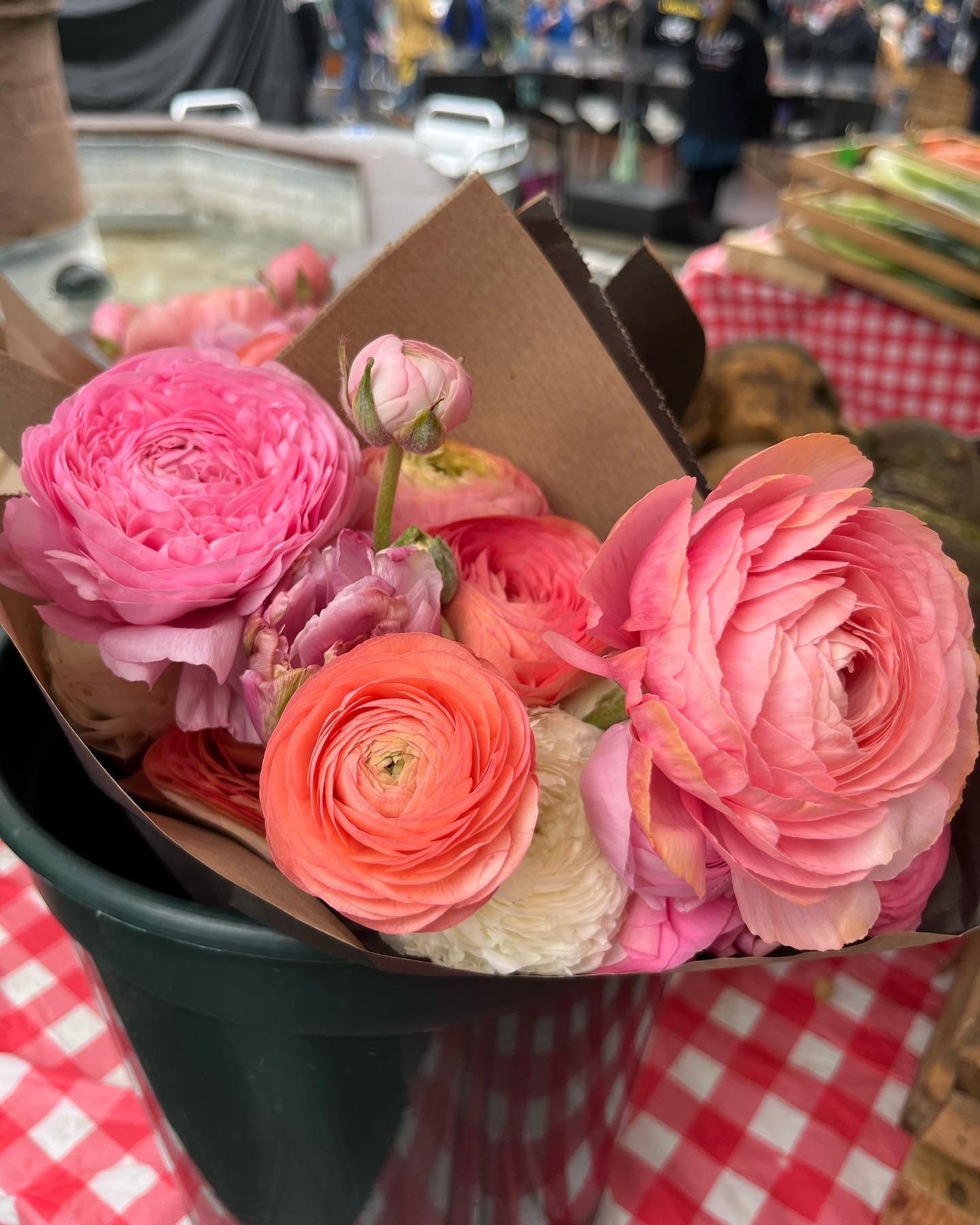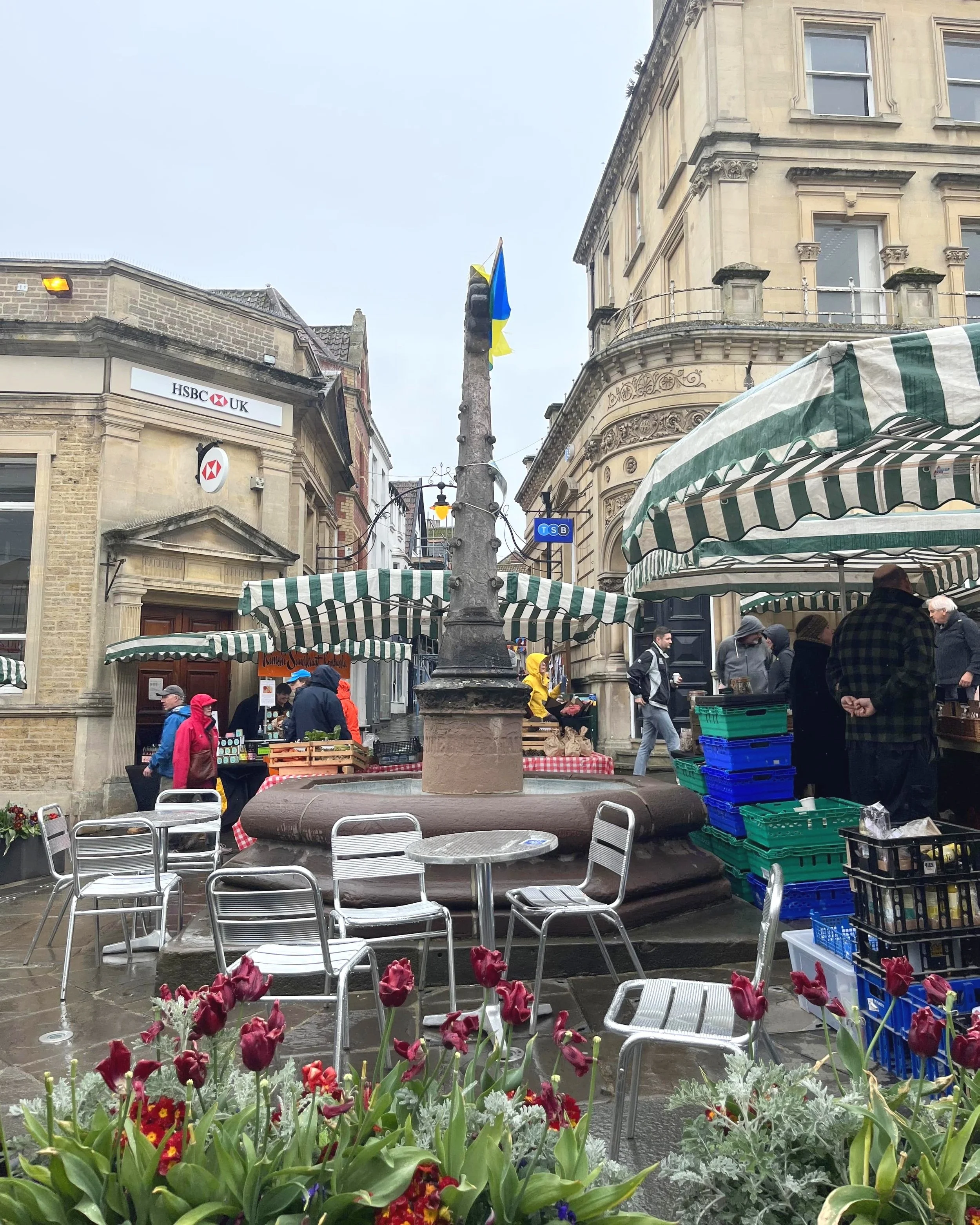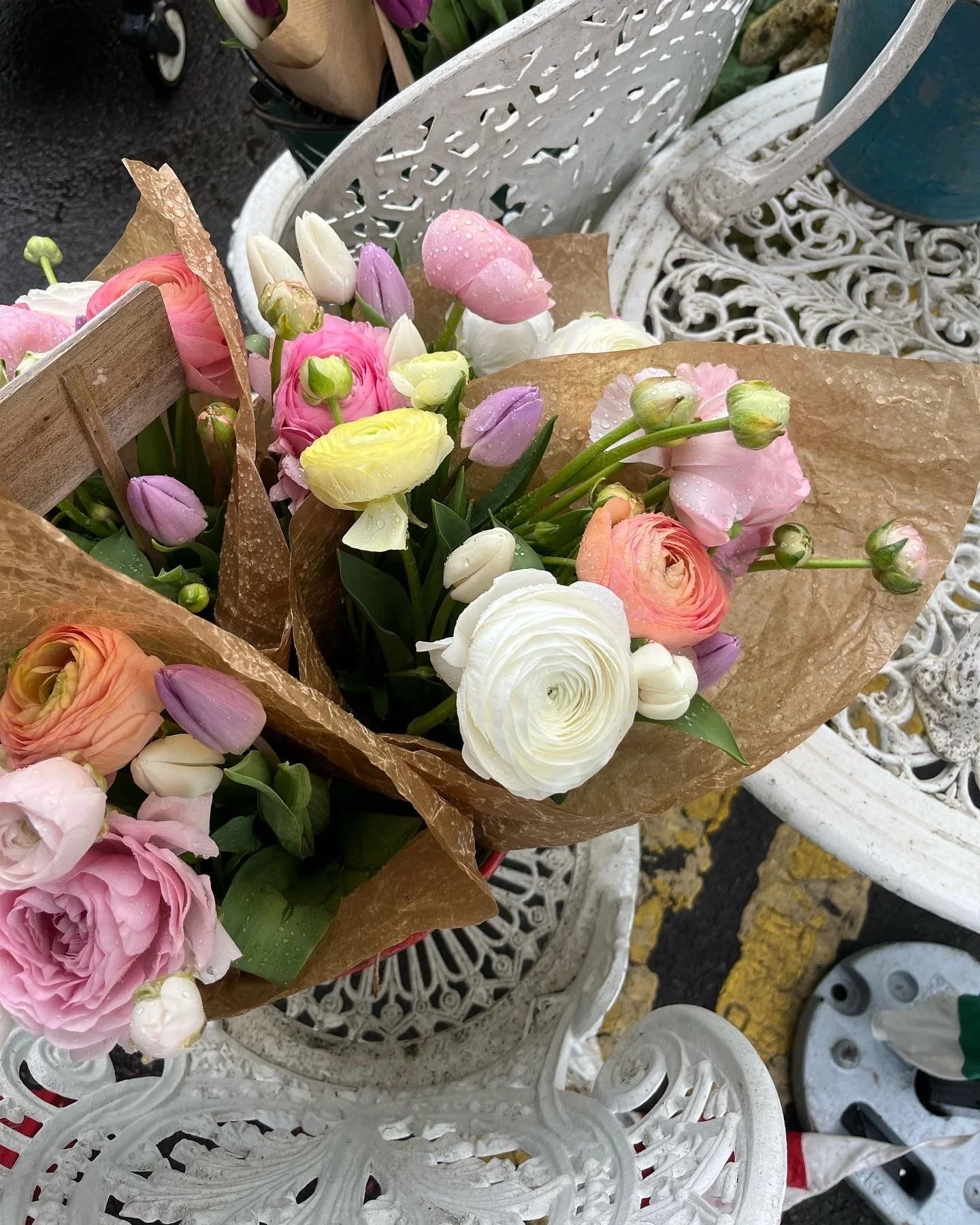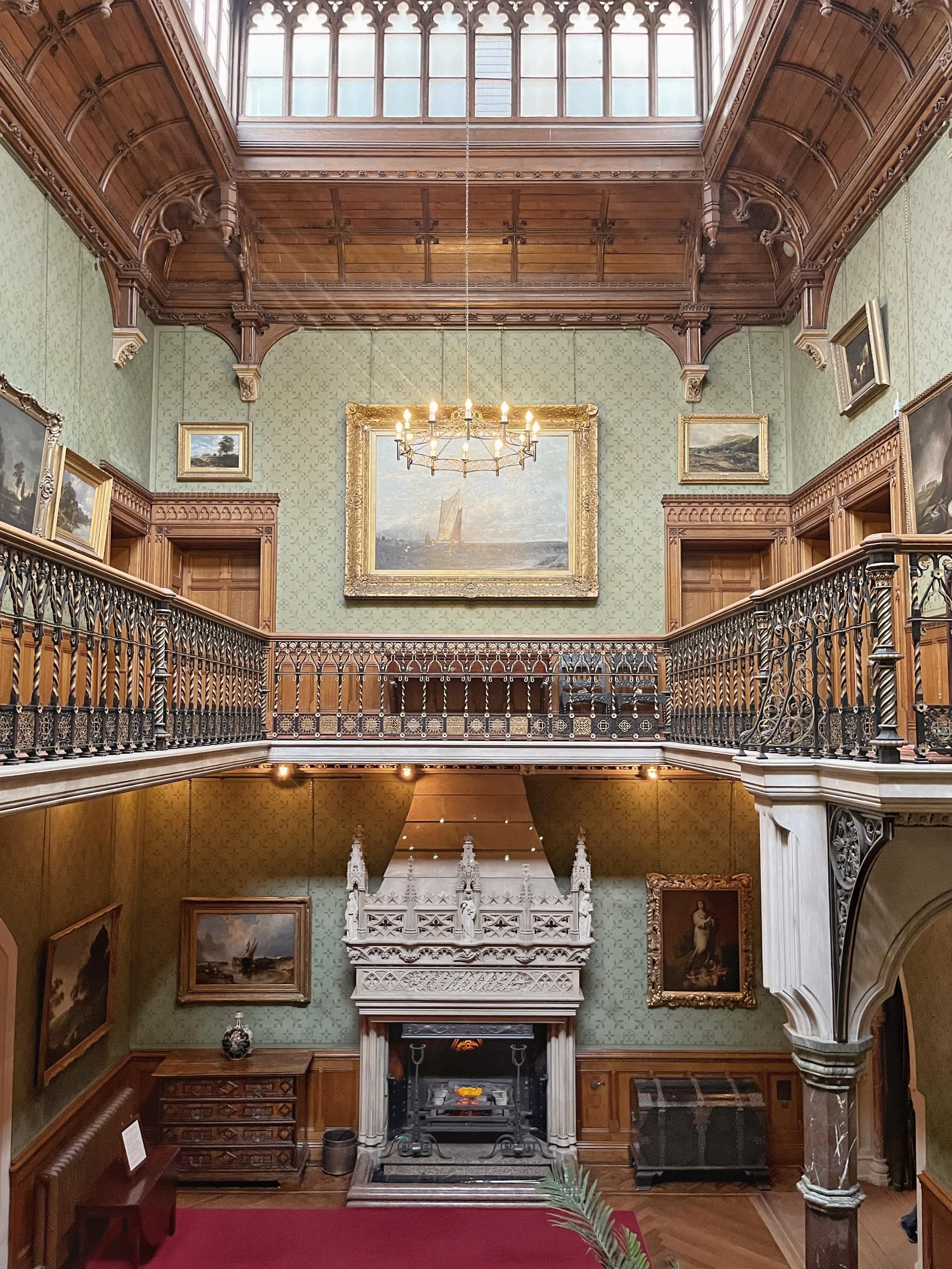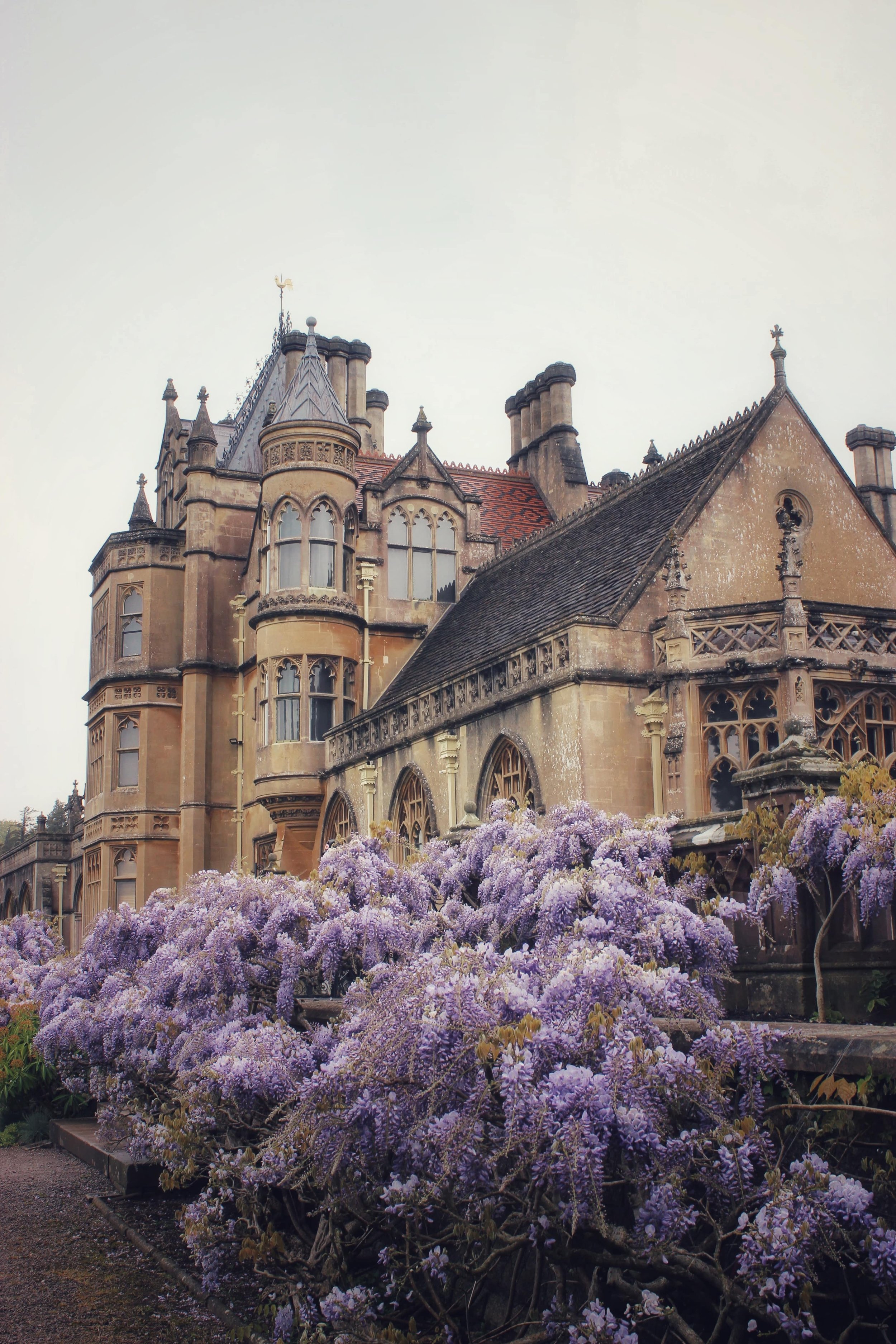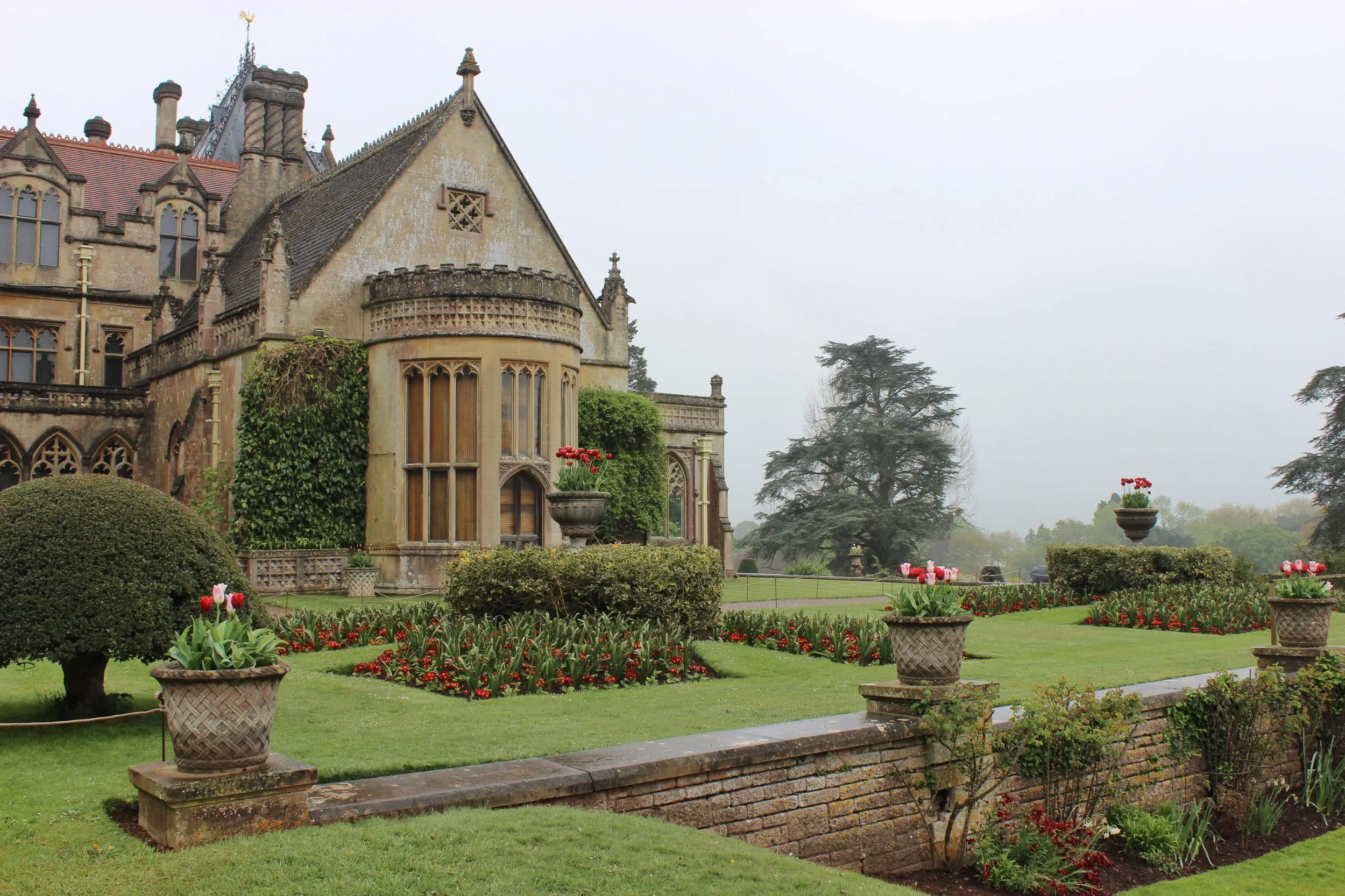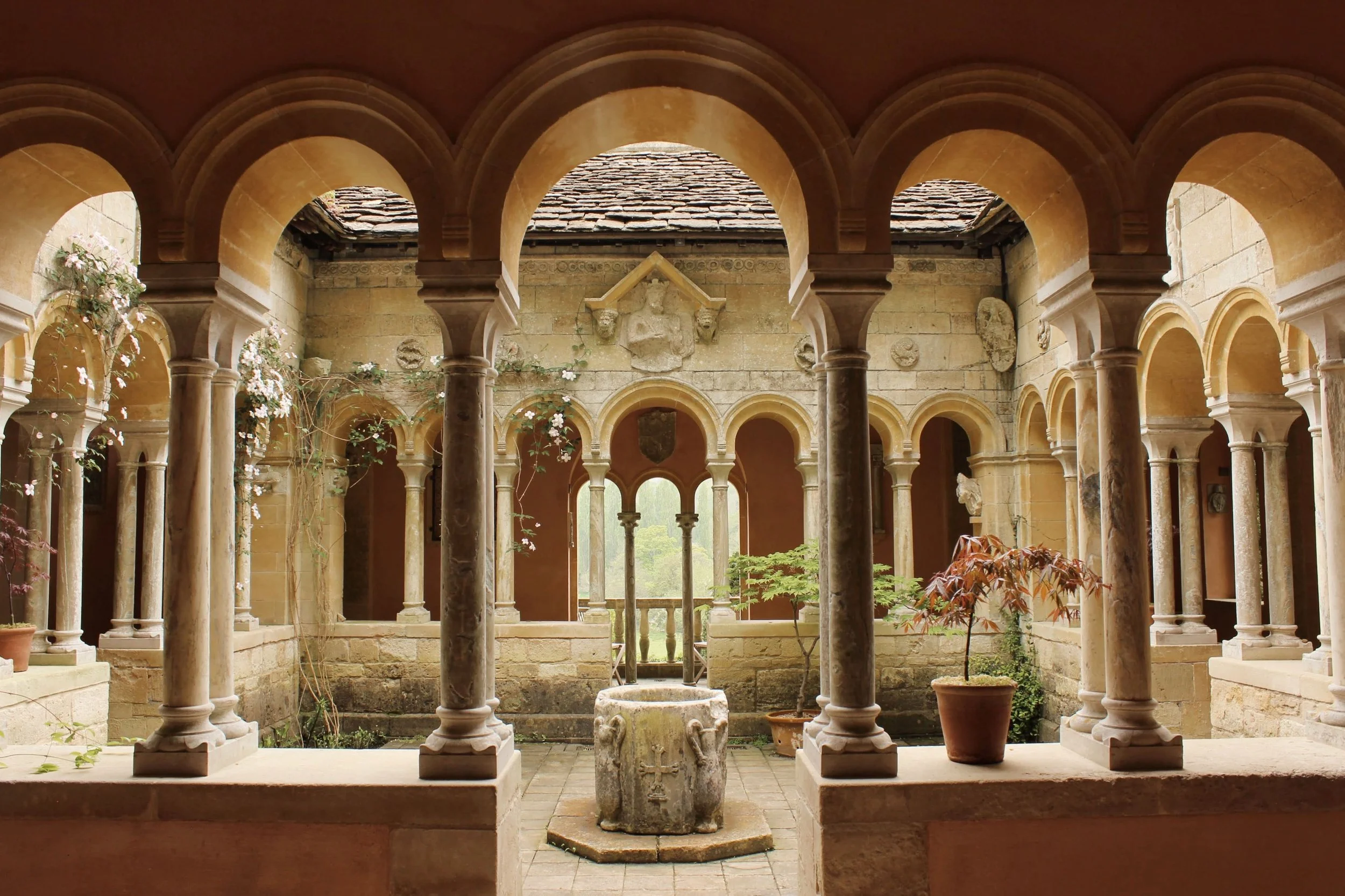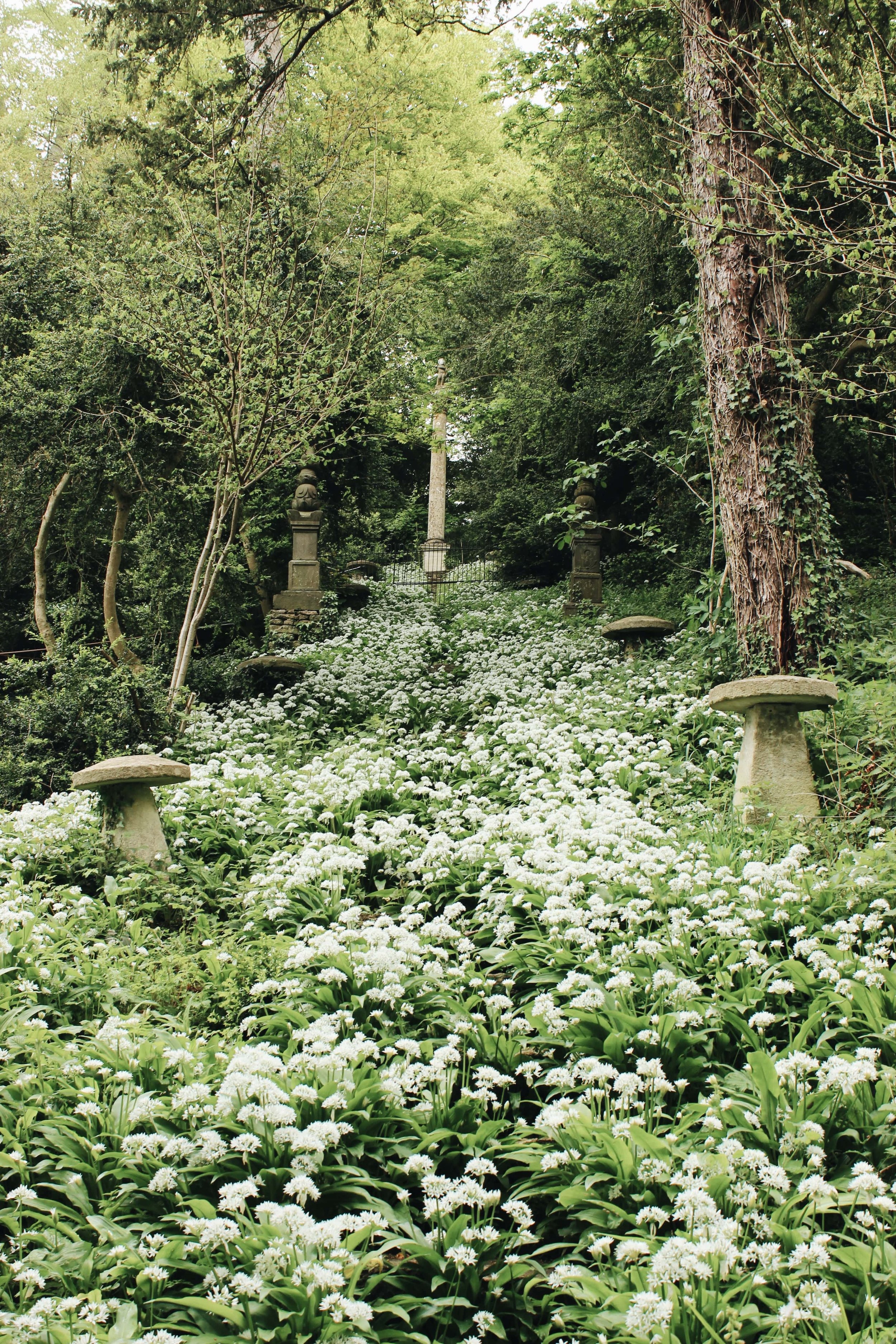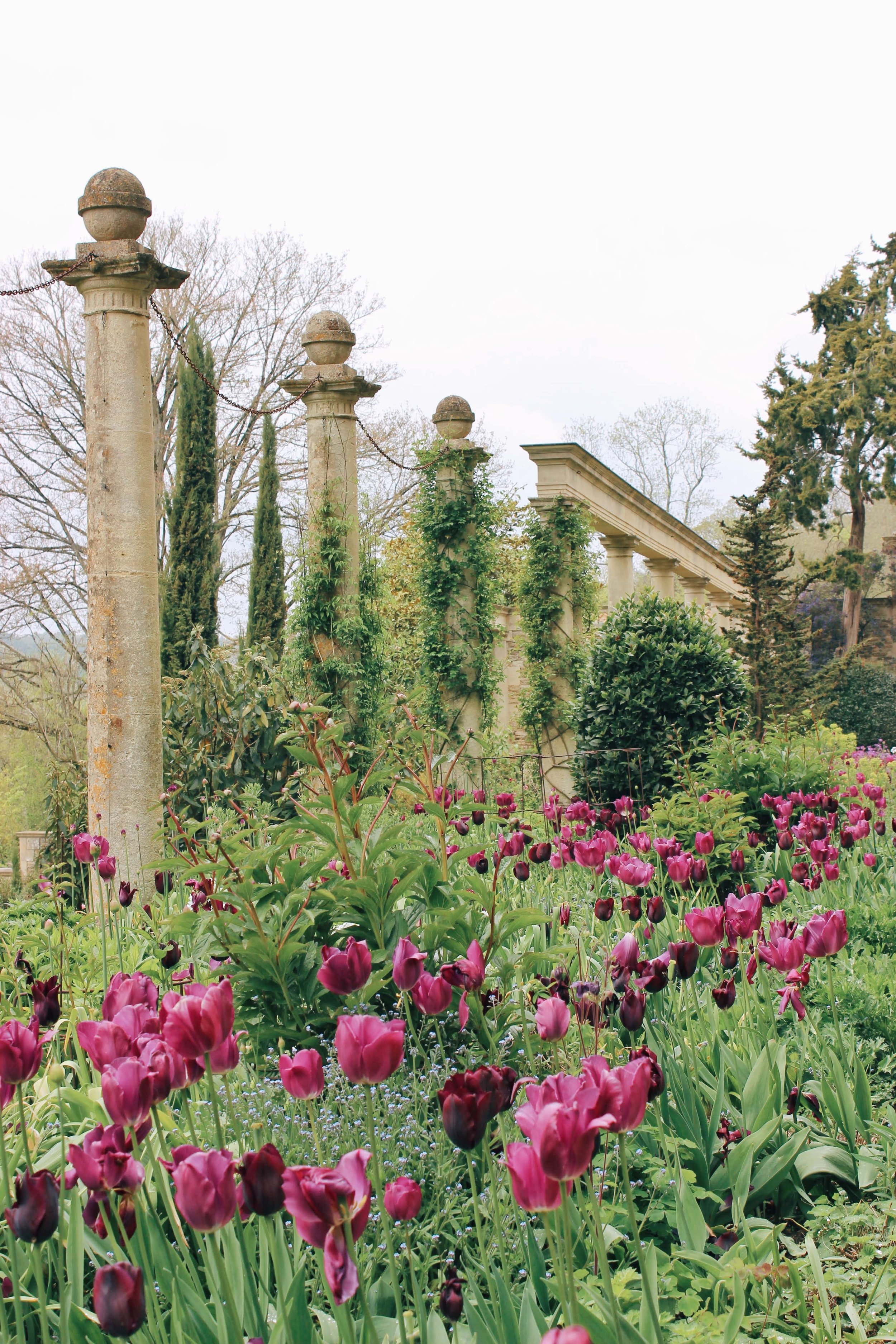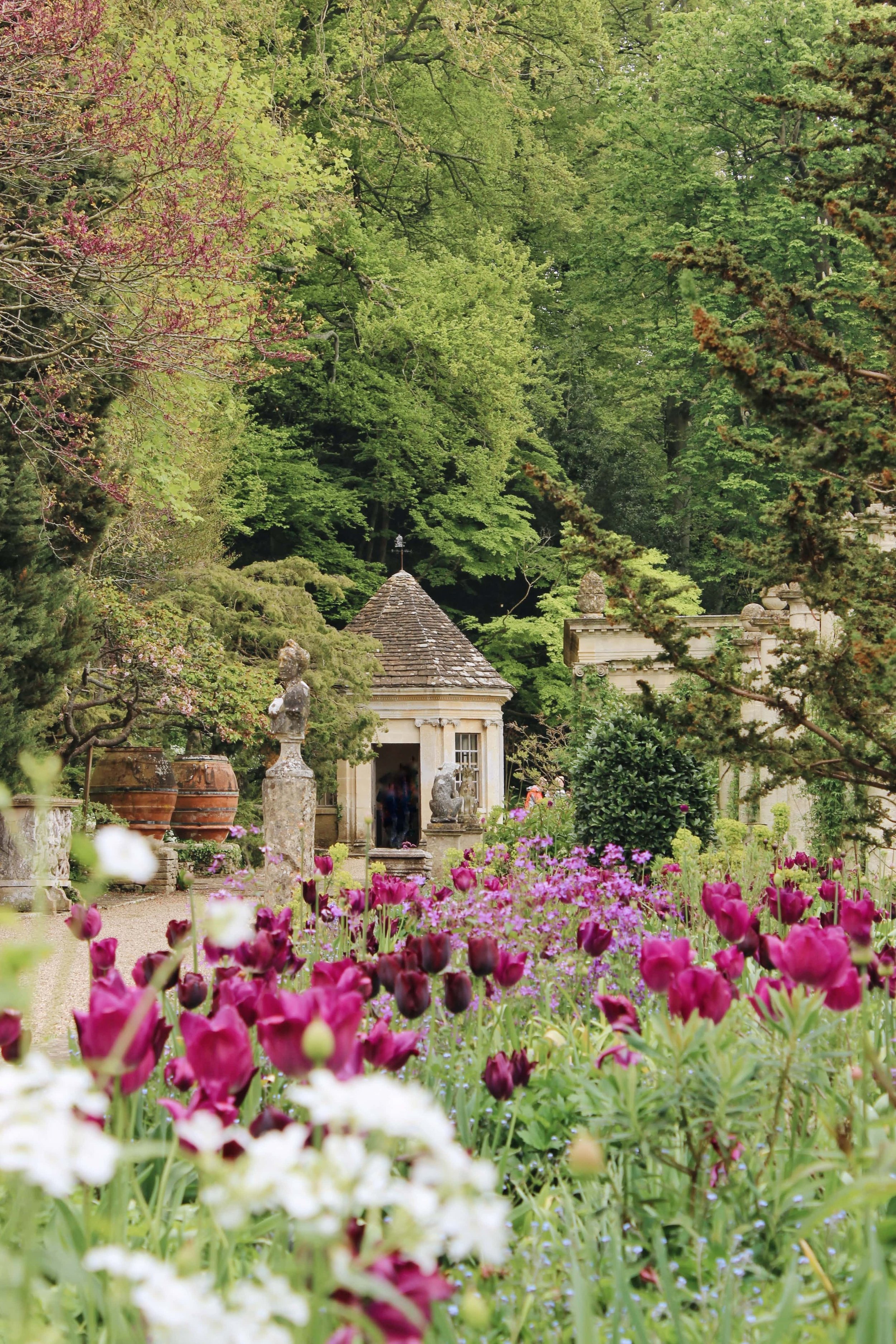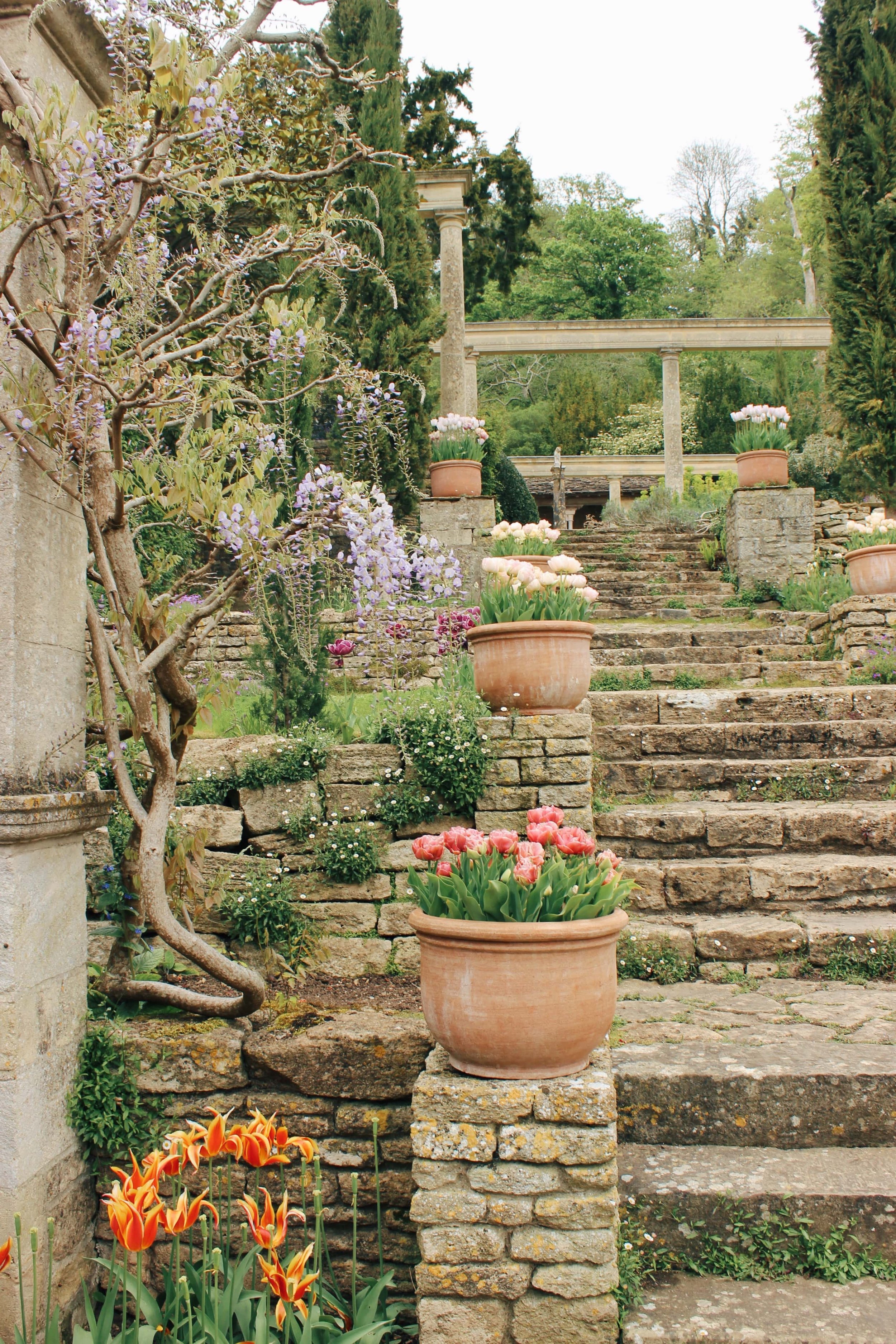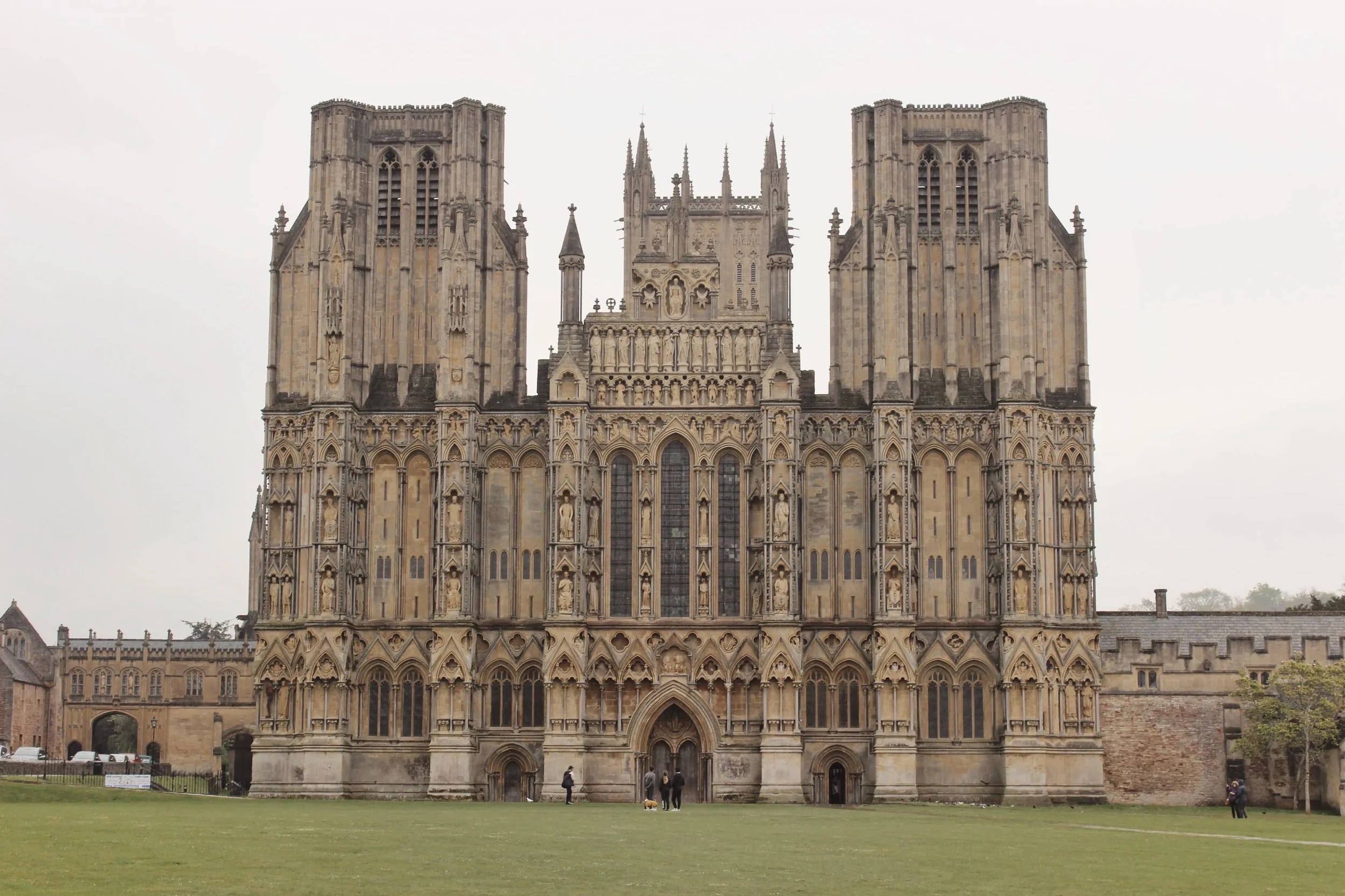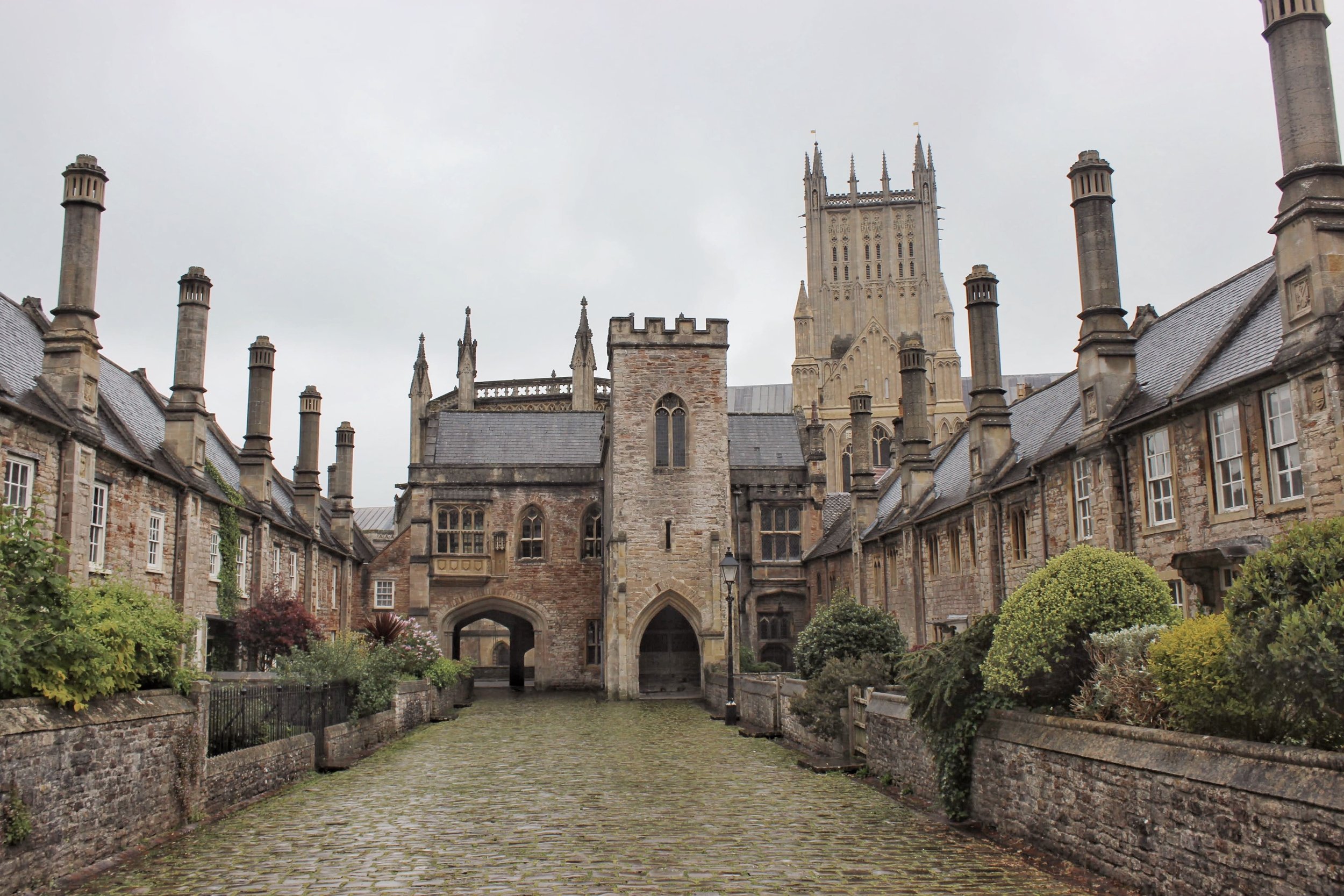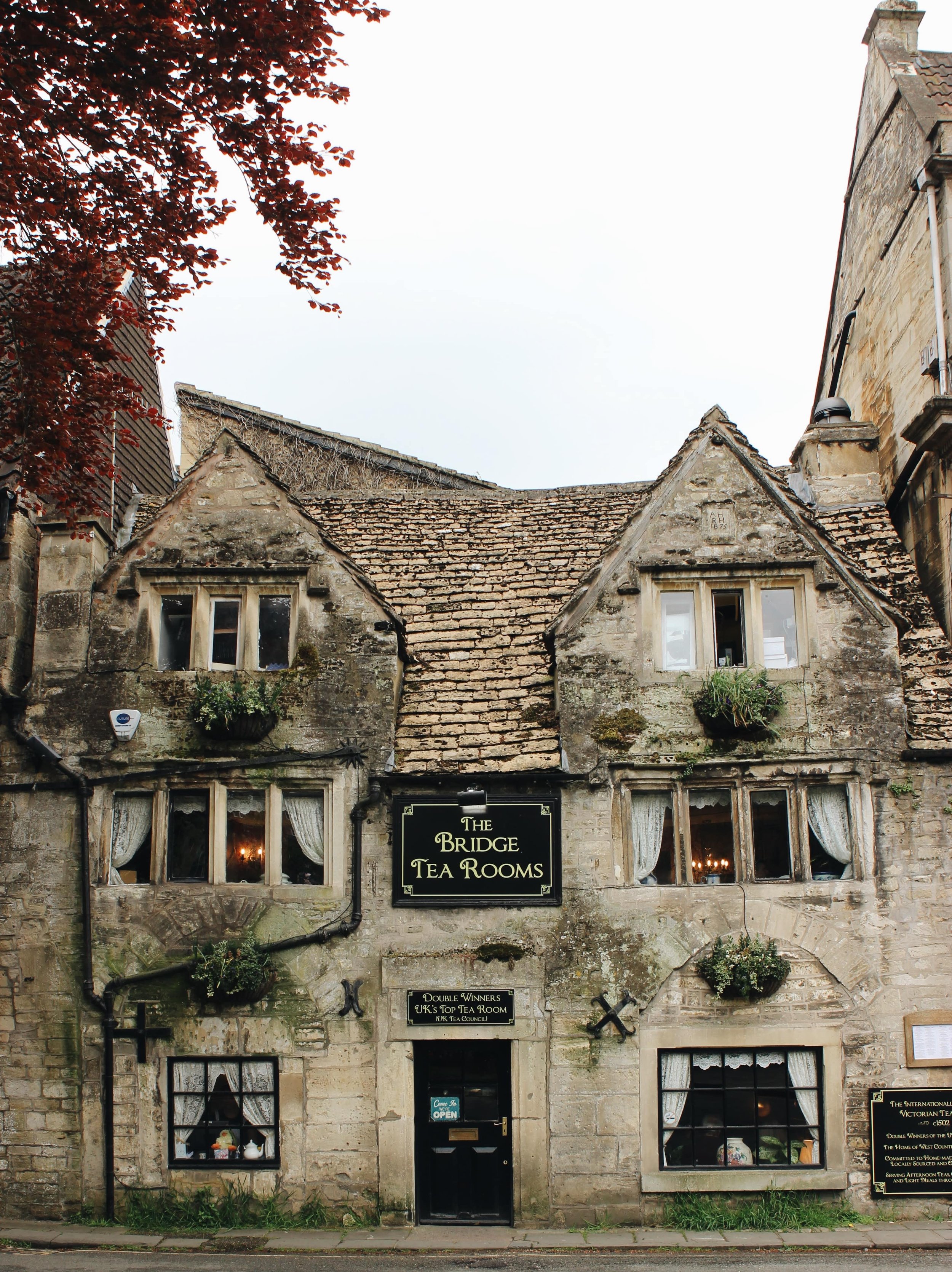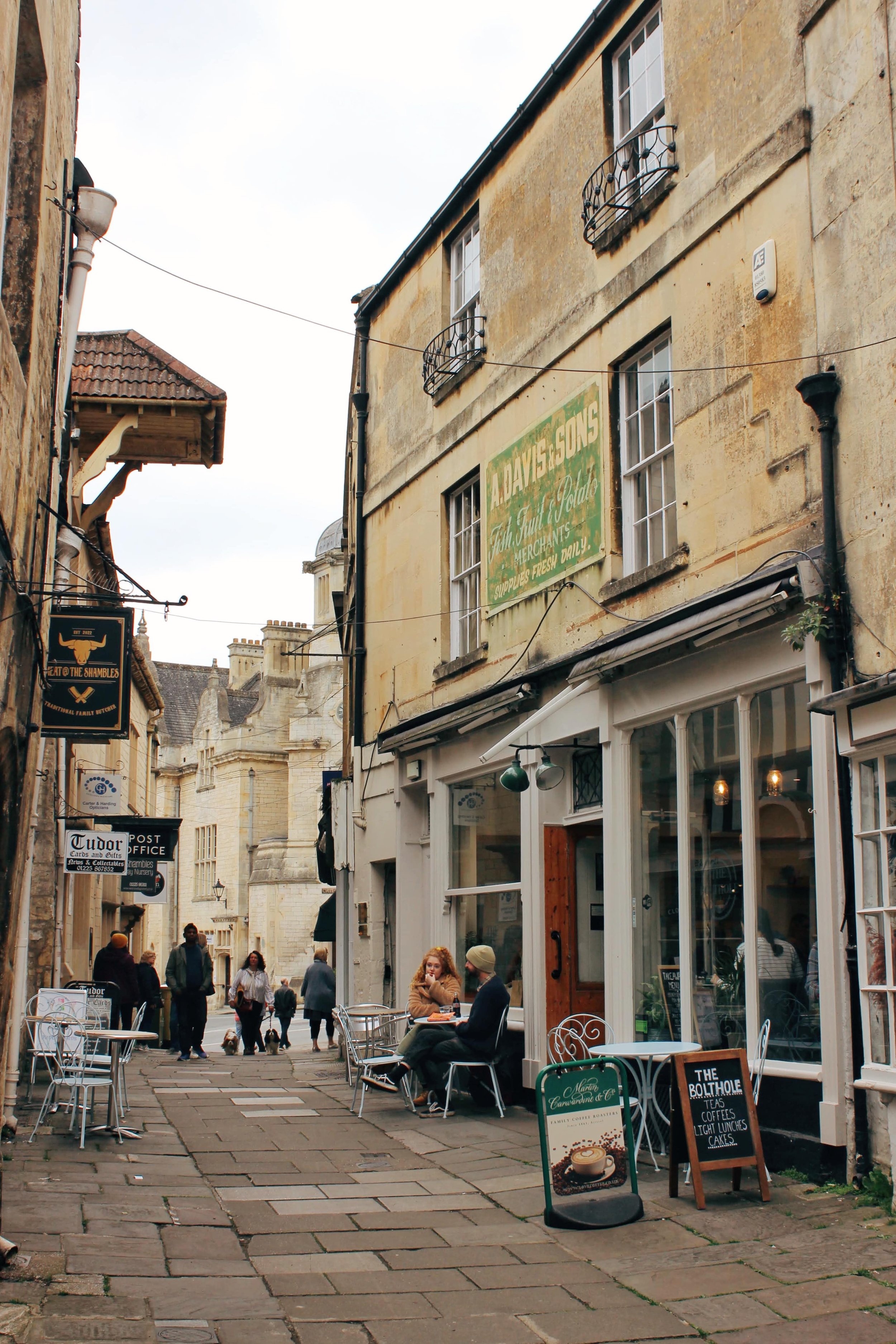Springtime in Somerset: a weekend getaway from London
Frome is one of those towns I could see myself living in. It’s immeasurably charming, and has a vibrant creative culture and loads of independent shops that seem to be thriving (where so many other high streets are becoming generic). The monthly Frome Market is a major attraction to the village and the reason we visited over a long bank holiday weekend in May. I loved it so much that I’m planning another Somerset visit this year, to make sure I see everything I missed out on last time. Keep reading for a full itinerary for the weekend trip to Somerset.
On the way from London: don’t miss Stourhead
Stourhead is the perfect stop on the way from London to Frome. It’s an incredible National Trust property with expansive parkland dotted with classical follies you may recognise from the Pride & Prejudice film. A visit to Stourhead is magical, and in the springtime it is abuzz with rhododendrons and azaleas.
Stourhead was transformed into a picturesque garden by Henry Hoare I in the early 18th century and a Palladian mansion was added in the mid-18th century. It is now one of the National Trust’s most prized properties. In addition to a charming walk around the lake, it’s possible to visit the interior of the impressive stately home with its neoclassical interior design. One of my favourite bits is the small chapel on site which provides a moment of peace. I always wonder about the people who get to worship here on a regular basis, or have done throughout the centuries. What a special place.
Settling down in Frome
Frome is the kind of place that makes you feel like you can be an artist, open a shop, grow some flowers in your garden and make a real living. I created a whole alternate
We stayed at Bistro Lotte, which is a B&B and French restaurant. I can’t overstate how much I enjoyed this stay. Unfortunately, I don’t have any photos of the room as I immediately sunk into the enormous cushy bed when we entered, but it was clean and comfortable. More importantly, breakfast was included in the beautiful restaurant downstairs, which always feels like a luxury to me while traveling. They were able to squeeze us in for a dinner reservation on the first night we arrived, and the classic French food was some of the best I’ve had. I would recommend booking in advance if you’d like to eat here during your stay.
Another major plus for Bistro Lotte is that it is located on the same street as the bulk of Frome’s independent shops, and the market’s Suitcase Sale. The evening we arrived, we took a quiet walk down the cobblestone street and did some window shopping without another soul in sight. It was quite the contrast to the next morning when the town was absolutely chock full of market stalls and shoppers.
The Frome Independent is a famous monthly market of food, art, and antiques. It is sprawling—I have never been to market so comprehensive—and is the main reason we visited the town on the first weekend of the month. I can imagine that parking becomes quite a nightmare on this day, but all we had to do was leisurely walk down the street from Bistro Lotte and we were in the heart of it.
The market is comprehensive: there are sections for market food, cooked food stalls, flowers, and antiques and art. We were there on a rainy day but it didn’t dampen the atmosphere or the crowds, even. I was so glad that we were staying at Bistro Lotte right in the middle of it as it made the whole day quick and easy.
Garden visits: Iford Manor and Tyntesfield
Because I’m not in the area often, I took the opportunity to visit two gardens that had been on my list for quite a long time. Tyntesfield, which is nearer to Bristol, is an incredible Victorian mansion with an impressive wisteria display. Iford Manor is a beautiful Italianate garden near Bath that we popped up to before driving home to London.
Tyntesfield is a beautiful Gothic Revival house dating back to the mid-19th century when the Gibbs family purchased the estate.
At the time of purchase, the Gibbs family was one of the wealthiest families in the country, having made their fortune in the guano trade. The family commissioned architect John Norton to design a new house on the estate, which was to be a symbol of their wealth and status.
The house boasts remarkable architectural features such as turrets, towers, and intricate carvings. The interior of the house is equally remarkable, with stunning stained glass windows, intricate woodwork, and lavish furnishings adding to its grandeur.
As time passed, the Gibbs family made several investments in the estate, expanding the property by constructing additional buildings, gardens, and a chapel. The estate remained under their possession for several generations until it was eventually sold in the mid-20th century, after which it was acquired by the National Trust for preservation and public access.
Iford Manor is a wonderful contrast to Tyntesfield’s gothic beauty. Iford is classical, balanced and restrained and the italiante gardens transport one beyond the English countryside. Driving up to Iford is spectacular—the view over the bridge to the country house makes you feel like you’re in a period film.
The garden is situated on a hillside and features several terraces which include ponds and Romanesque architecture. The cloister in particular is one of the most calming spaces I’ve ever been in. In the springtime the woods behind are filled to the brim with wild garlic and the tulips and wisteria are in bloom.
There is something so peaceful about this place. There is a cottage available for rent on site — Rowley Cottage — which allows access to the garden after hours. This is one of my dream stays in the English countryside.
Iford Manor also has a gorgeous cafe worth a stop in. It’s one of the best gardens I’ve visited in England and I highly recommend it.
Charming towns: Wells and Bradford-Upon-Avon
Wells is England’s smallest city, with its own enormous cathedral built in 1239. The cathedral is a jewel of gothic architecture, with the facade covered in more than 300 original medieval relief carvings.
Wells is full of charming cobbled streets and cute houses, but the most special street of all is Vicar’s Close. It is the oldest street with intact medieval residential buildings in Europe (circa 1348). A bit of a mouthful, but in essence it is one of the oldest and most historical streets in the country, not to mention the most beautiful.
Wells is also home to Bishop’s Palace, beautiful landscape gardens at the heart of the city. The various bishops of Wells Cathedral oversaw the design of the garden over the centuries and it is now a beautiful space to visit.
Towards Iford Manor is Bradford-upon-Avon, a town technically in Wiltshire but just on the border with Somserset. It’s a charming town to have a wander around, and its crown jewel is probably the old tearoom.
The Bridge Tearooms is housed in an old blacksmith’s cottage from the 1500s, and does a very traditional afternoon tea service. This is a charming experience perfect for stepping back in English history.
Further things to do in Somerset
I fell in love with Somerset on this trip and have been planning another trip to see more of what I couldn’t manage before. Here are some ideas for further things to do in Somerset:
Explore Bruton and eat at Osip and At the Chapel
Visit Hauser & Wirth Somerset
Visit the Newt in Somerset (though this requires a membership)
Visit Messums gallery in Wiltshire
Gold’s Hill in Shaftesbury on the way
National Trust sites: Tintinhull Gardens, Montacute House, Lytes Cary Manor, Priest’s House
Visit Glastonbury
Go on a walk around Mells
Eat at Castle Farm in Midford
There’s so much to do in Somerset — it’s the perfect trip away from London.


